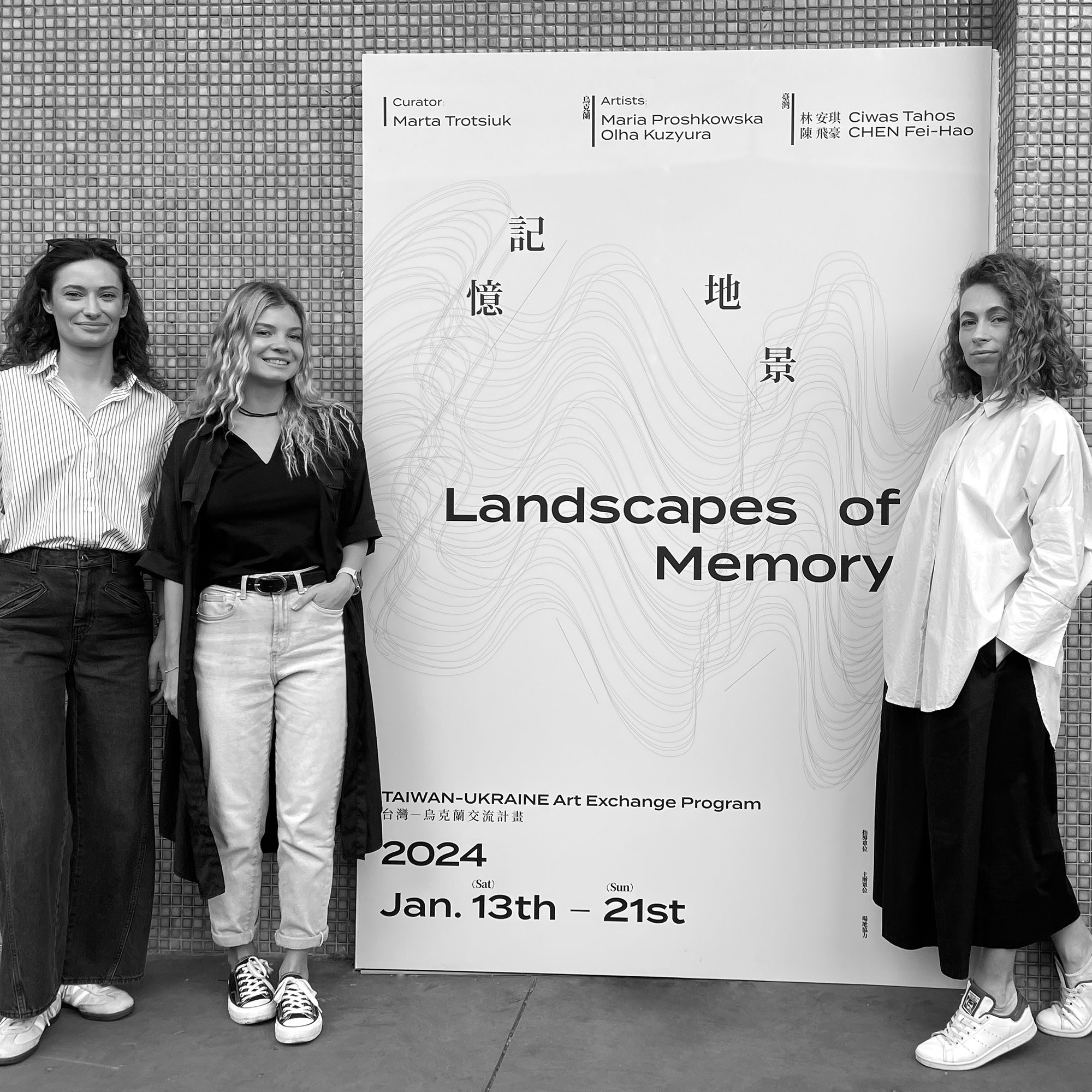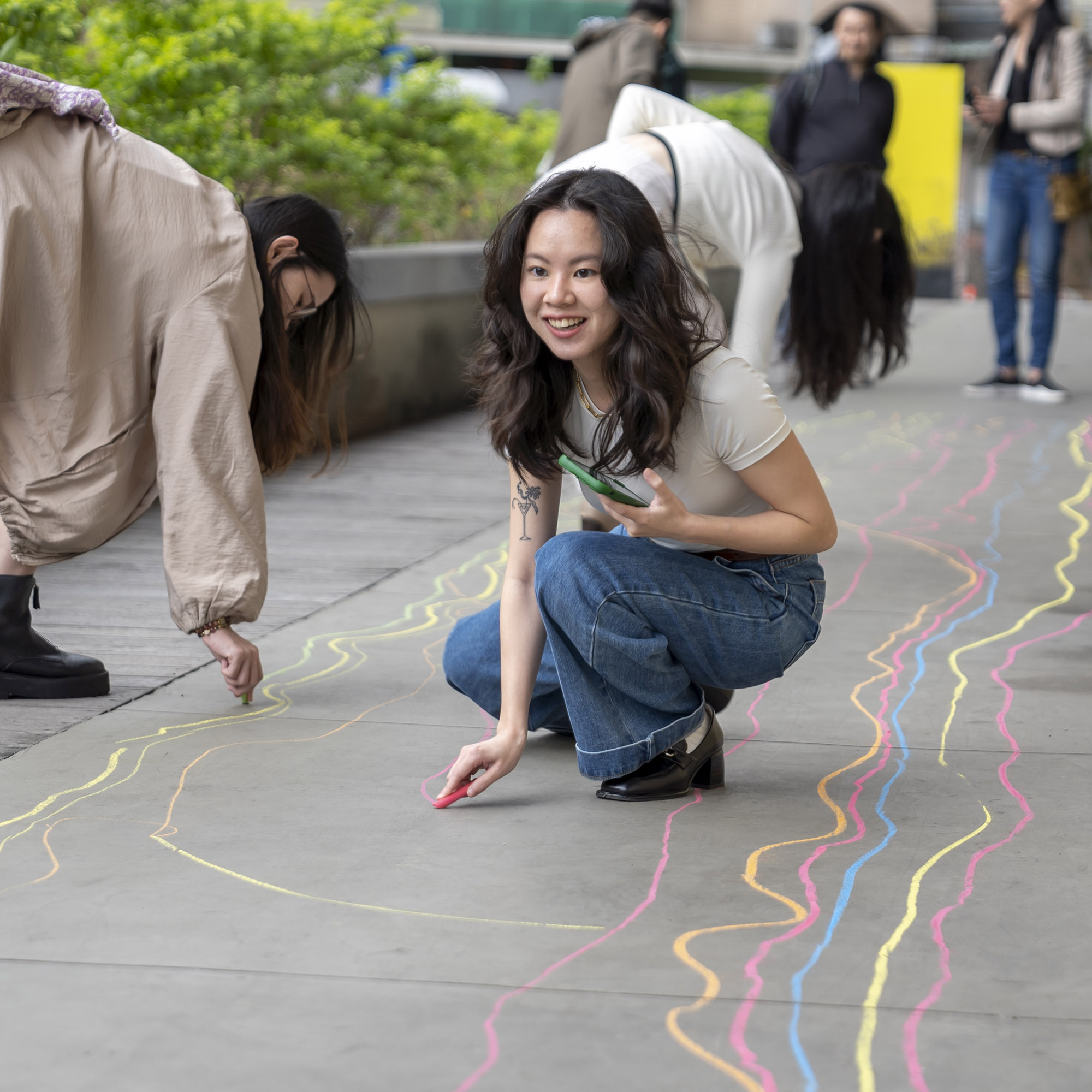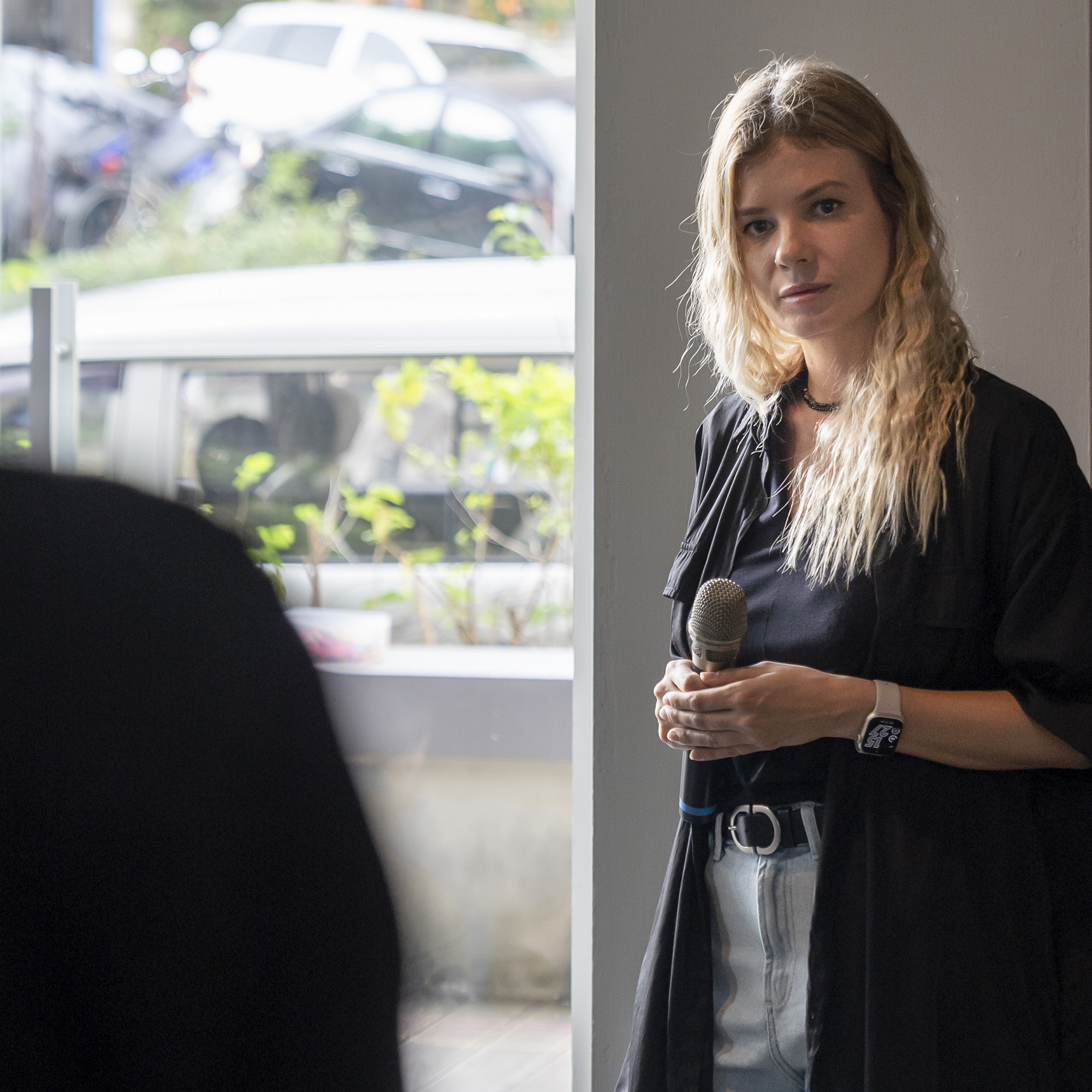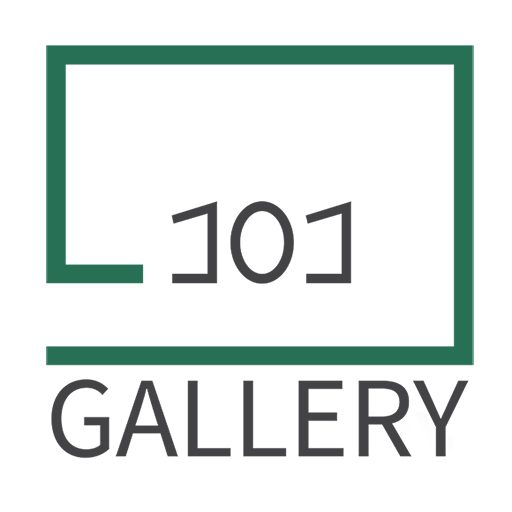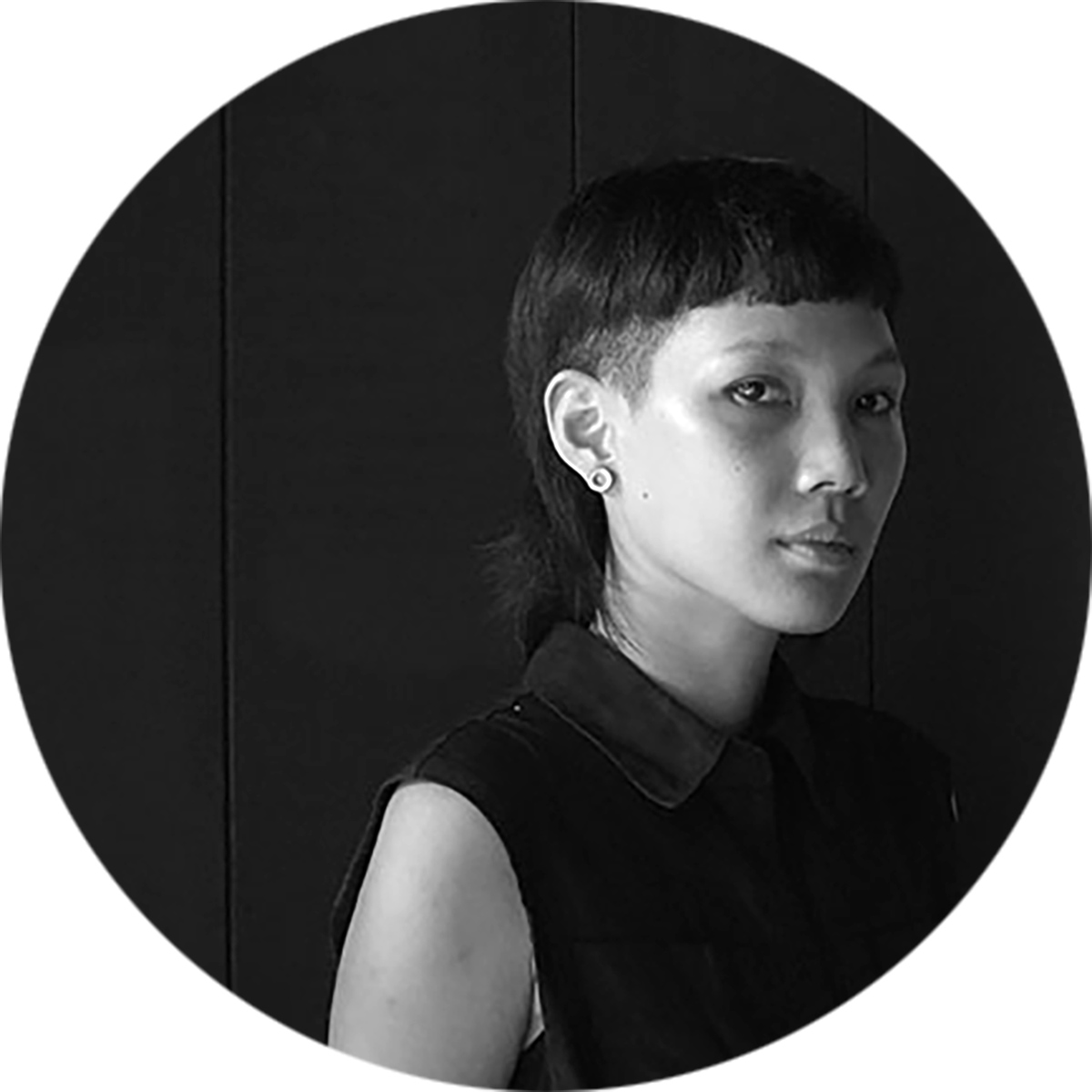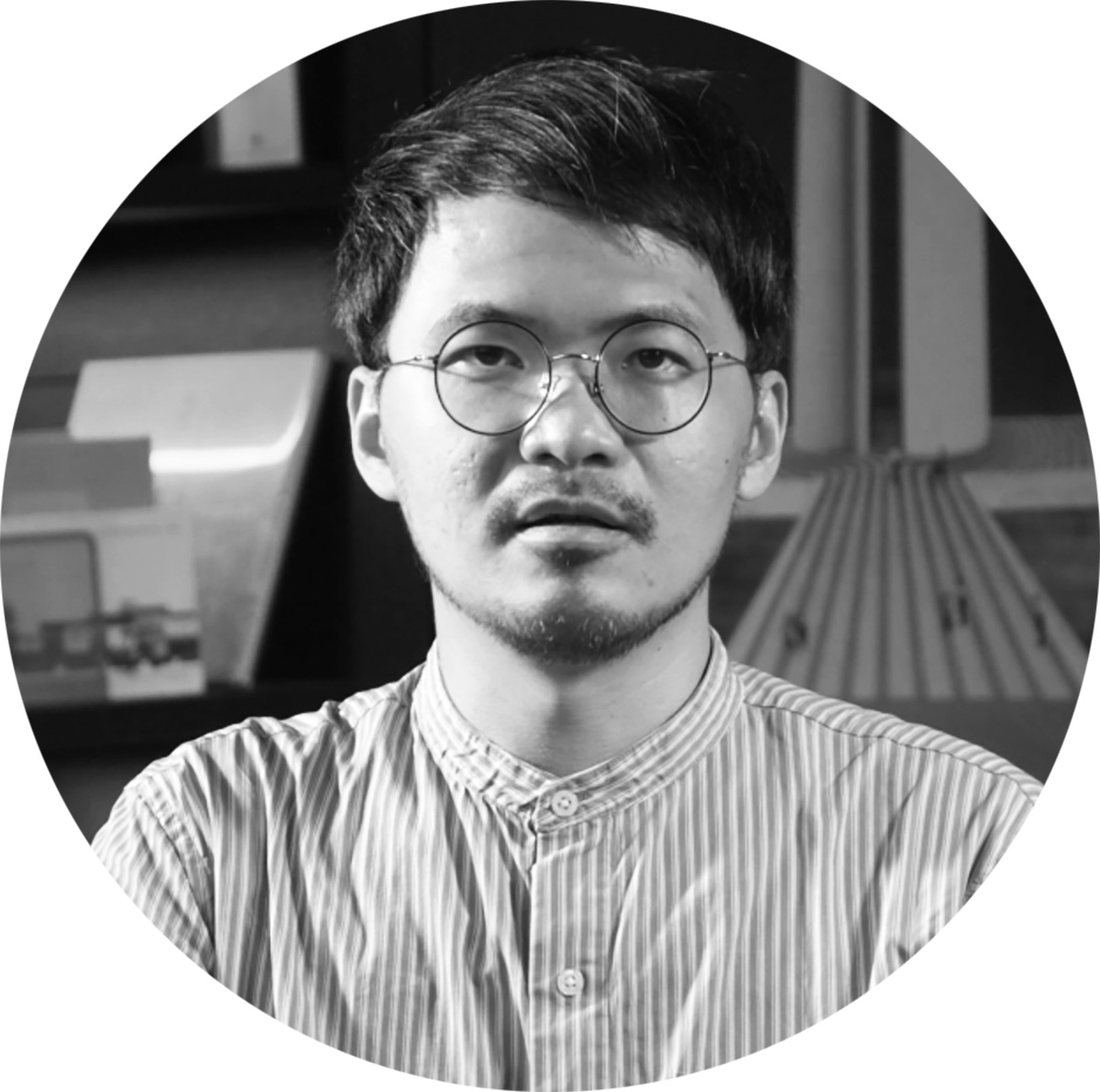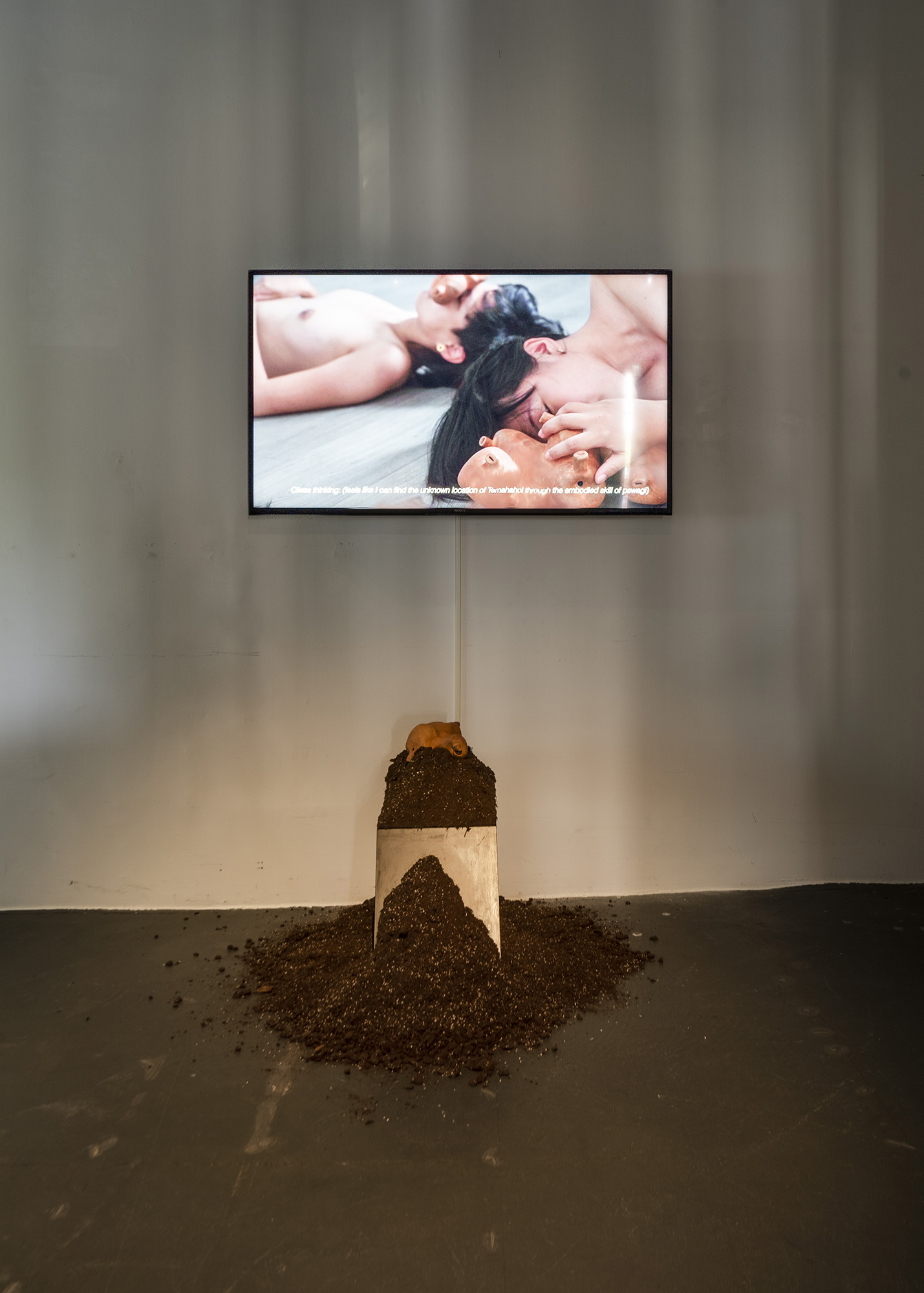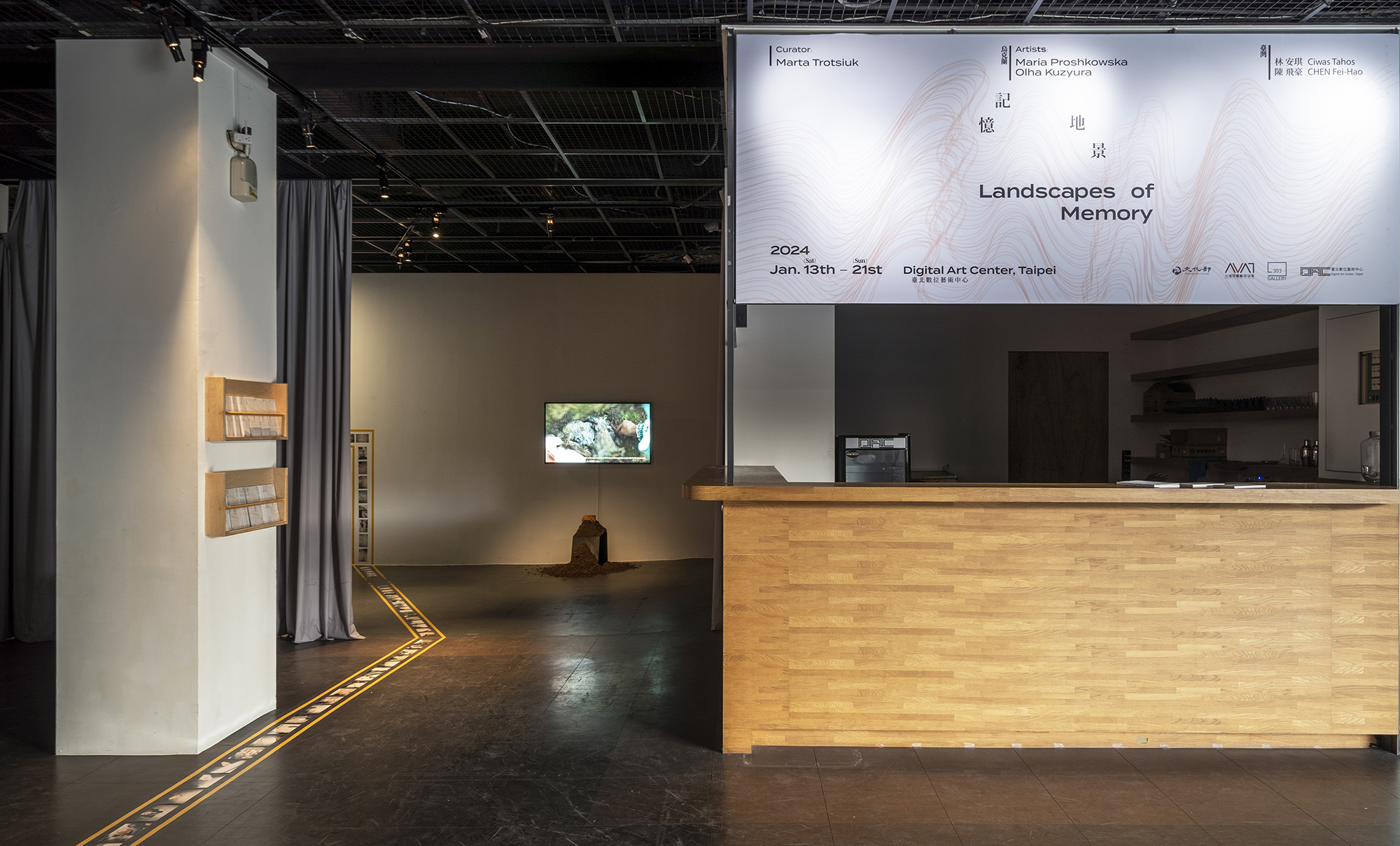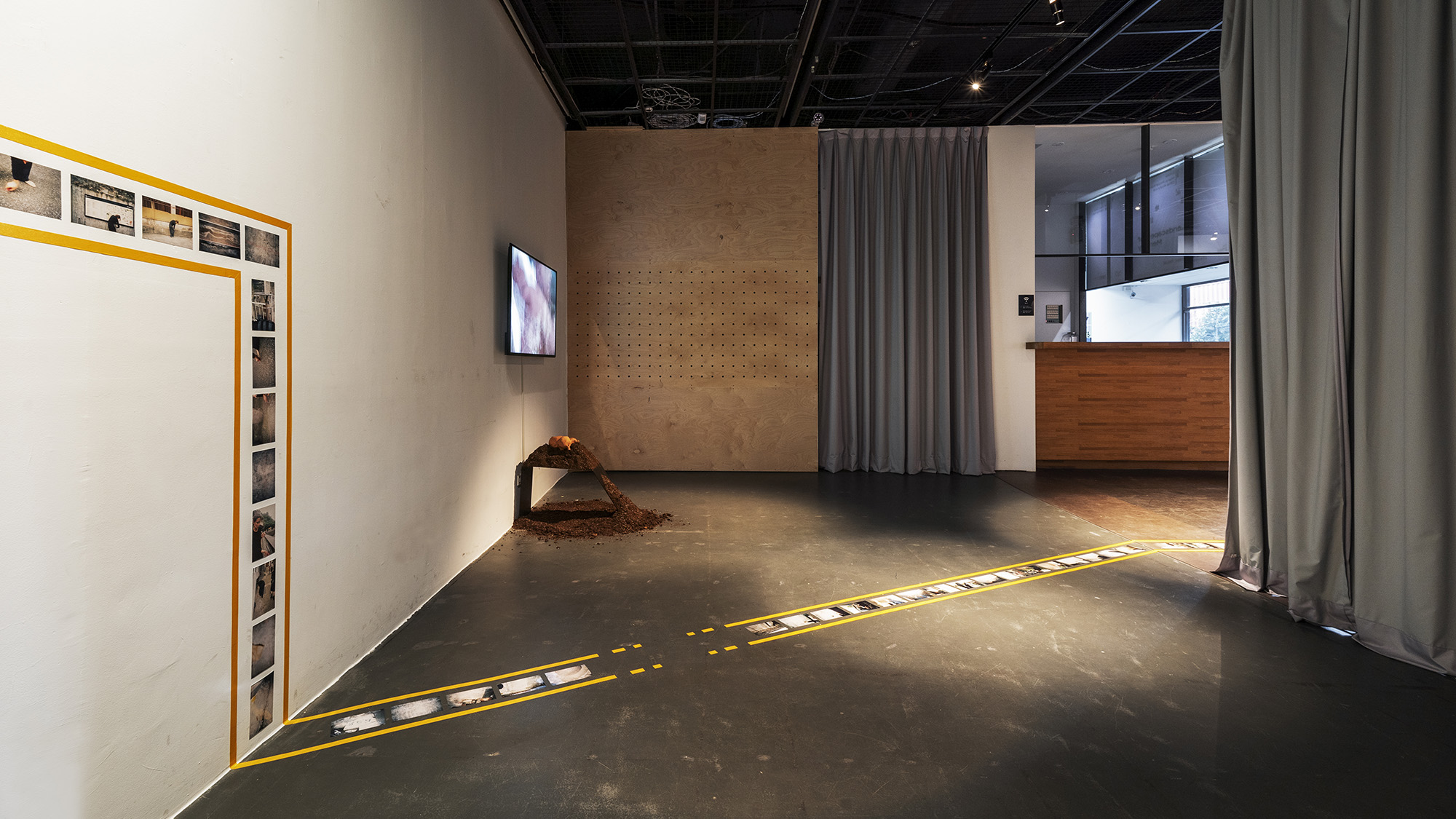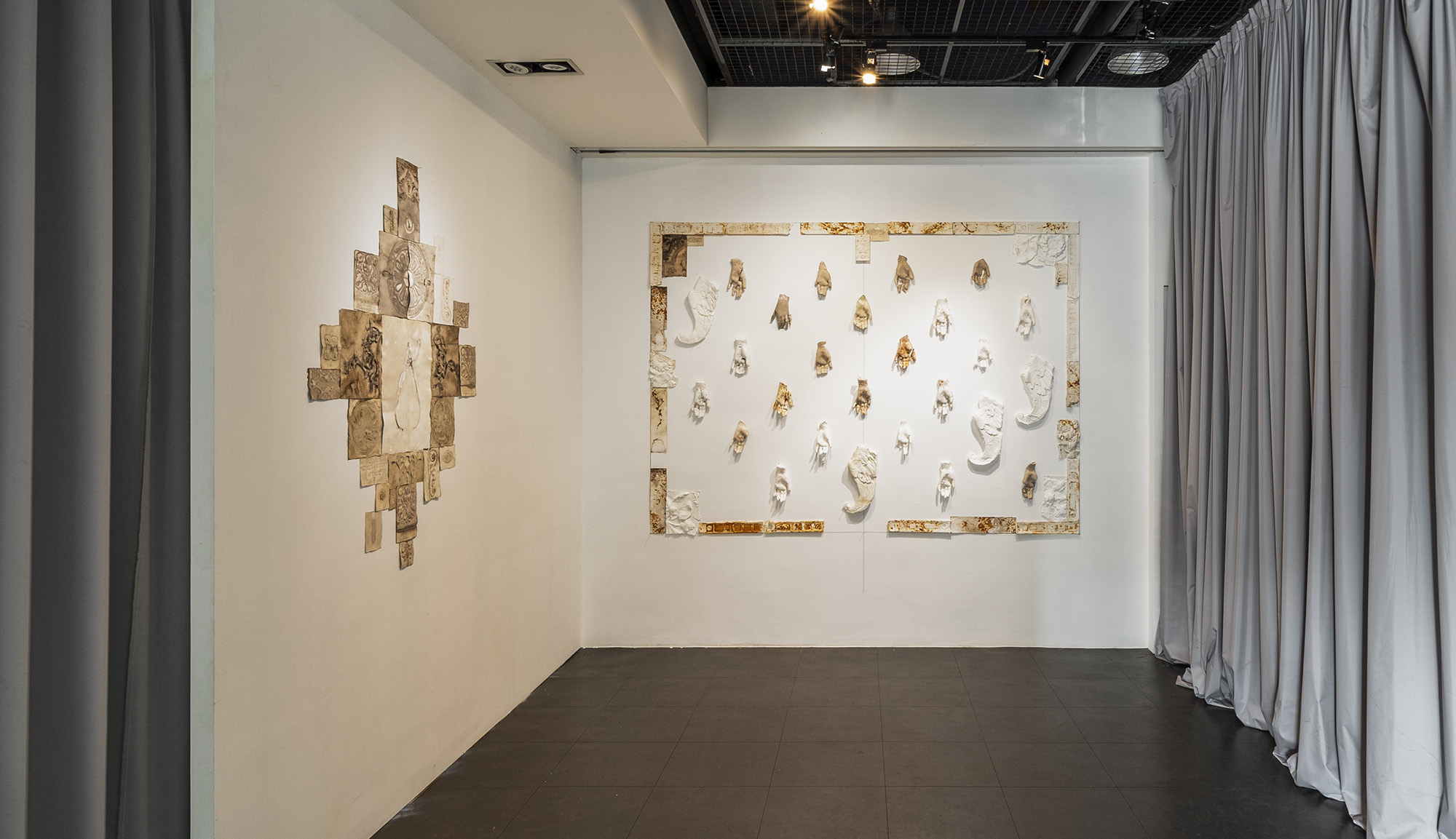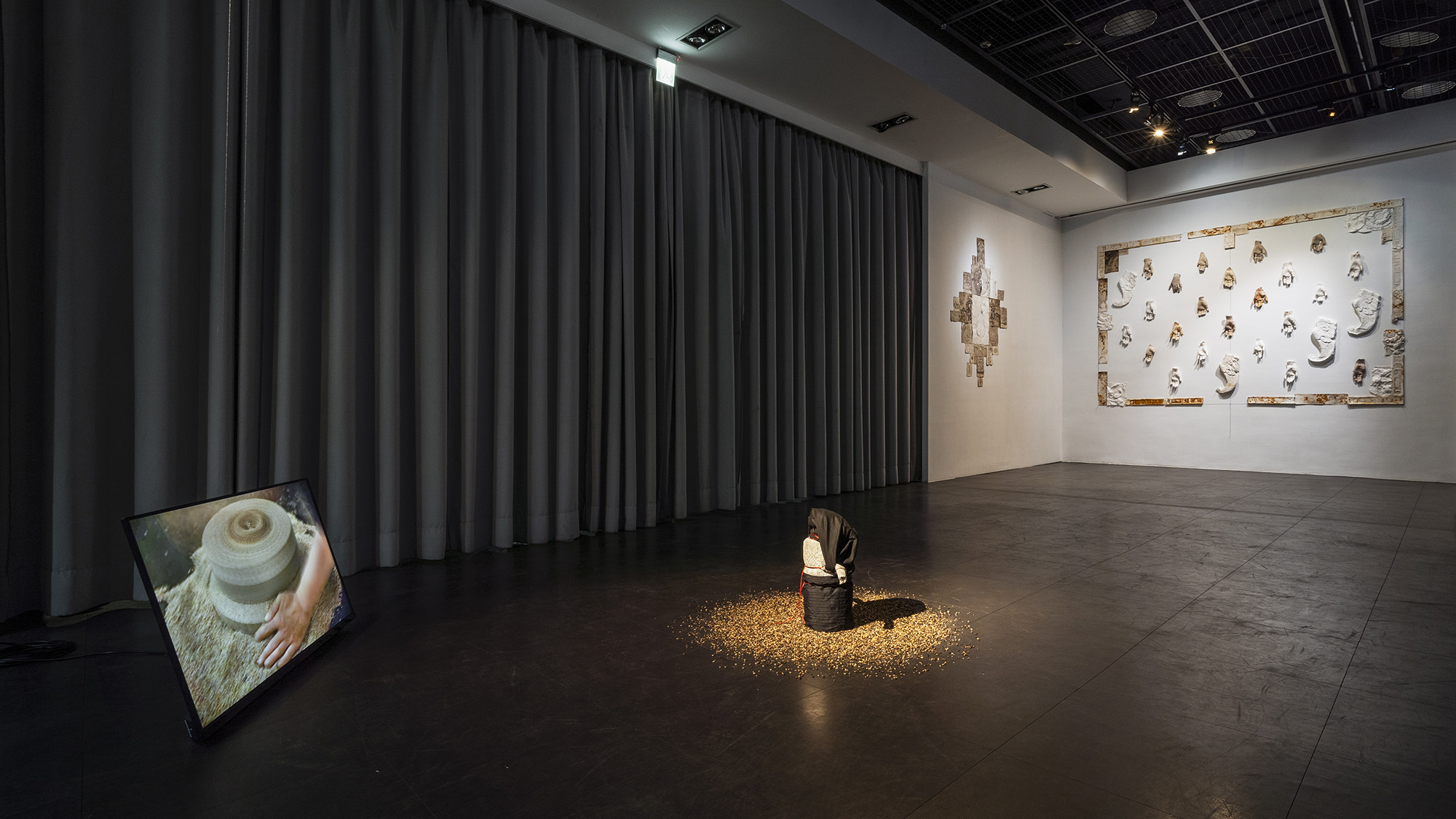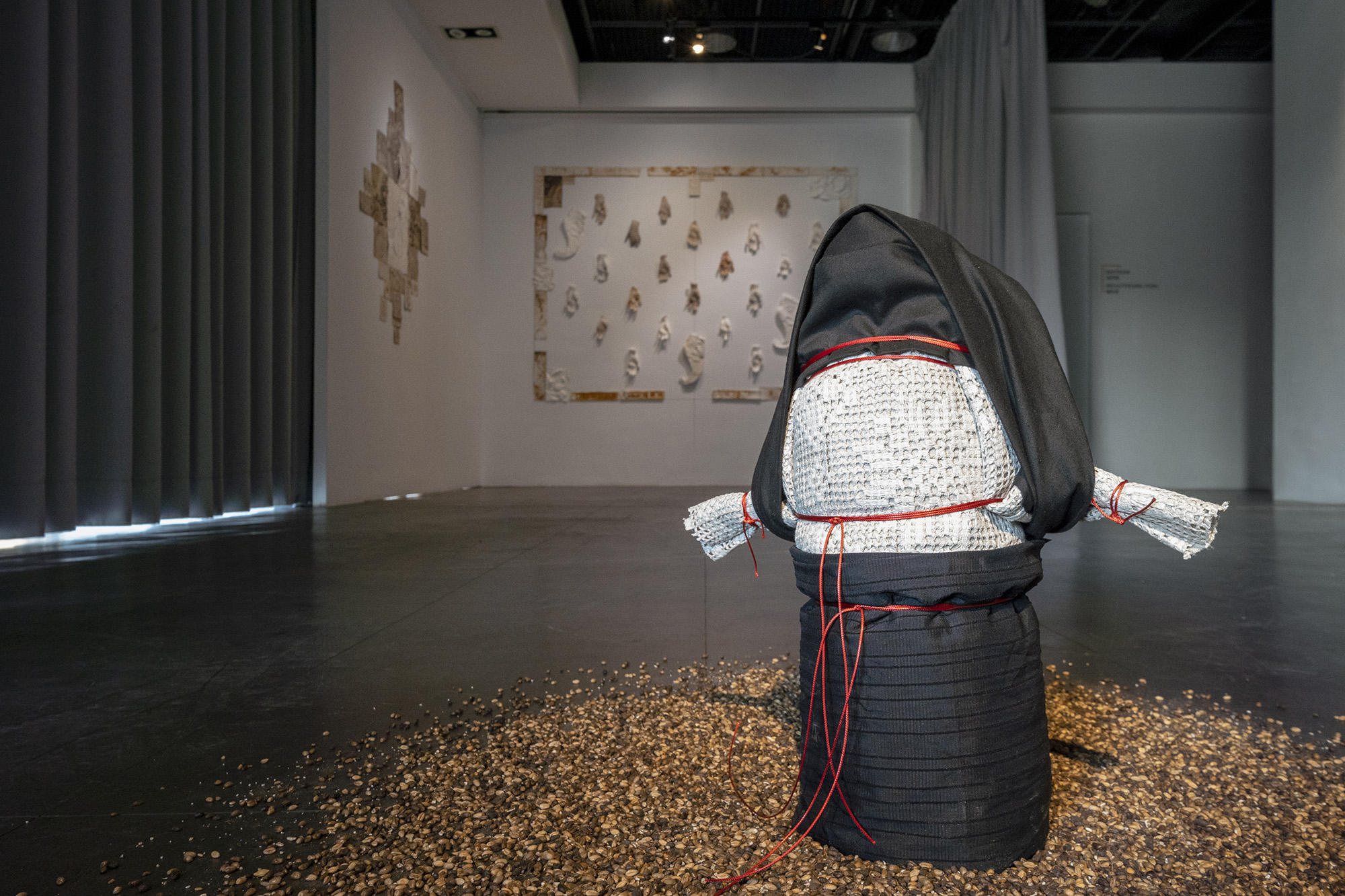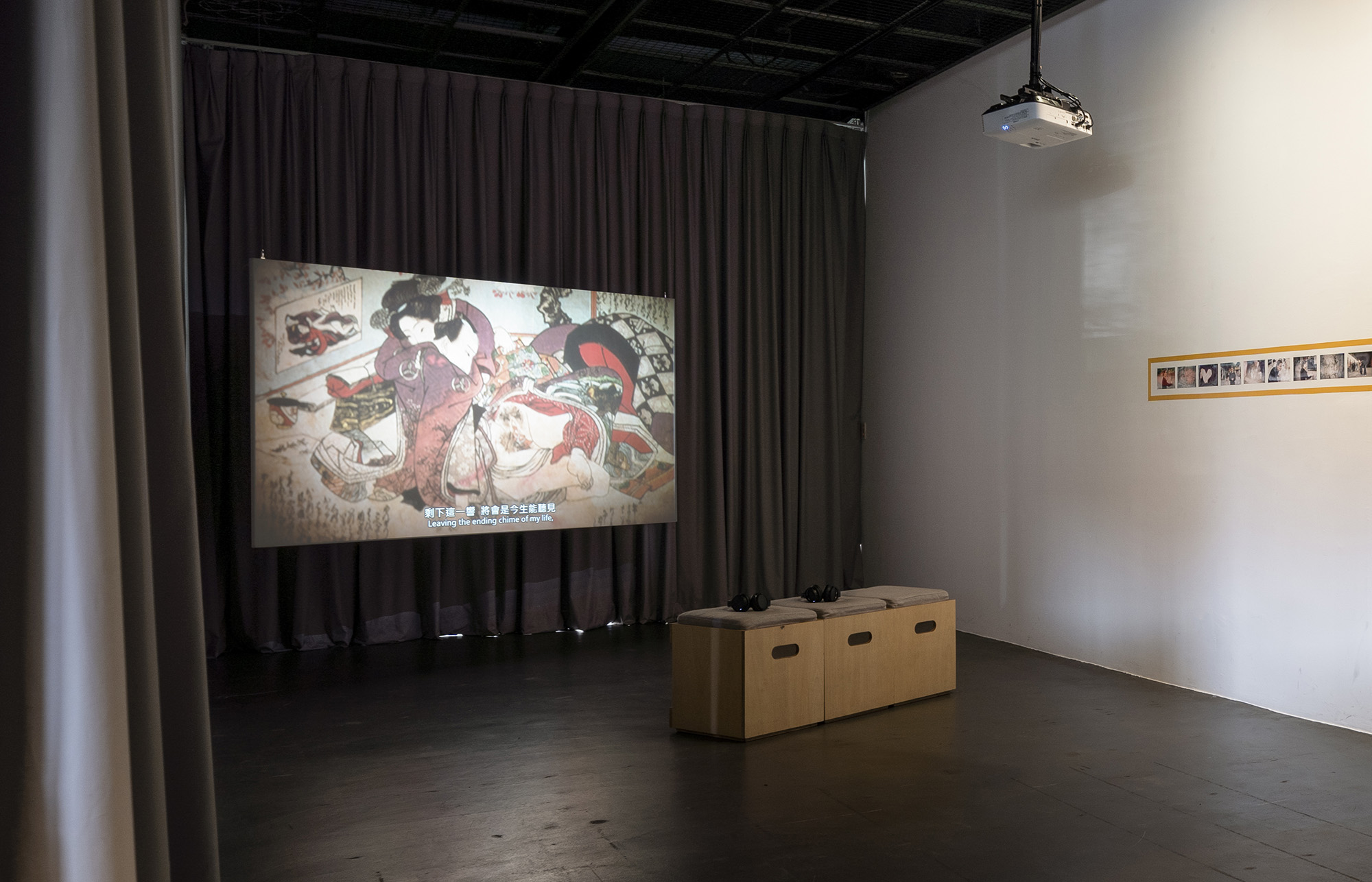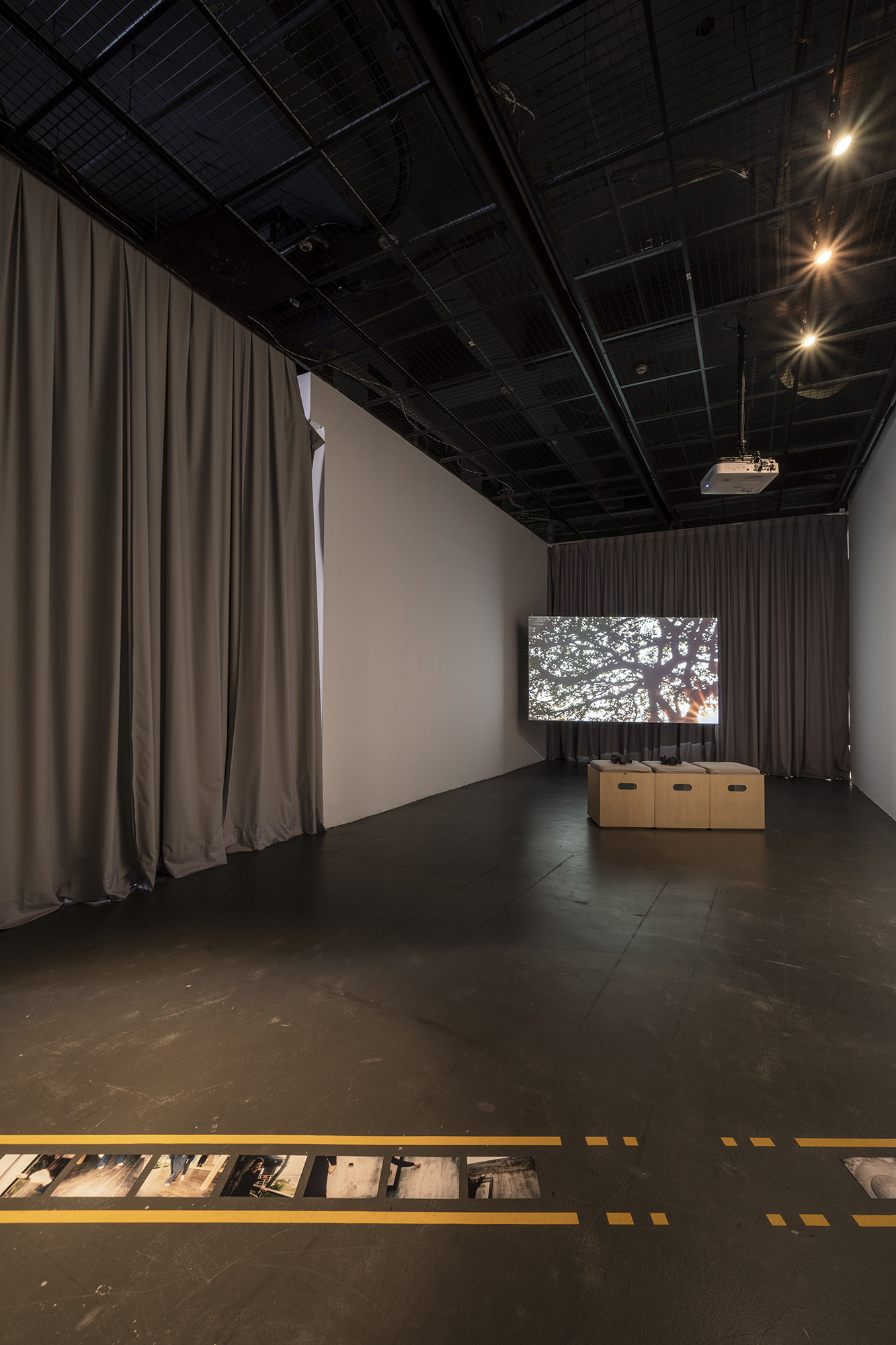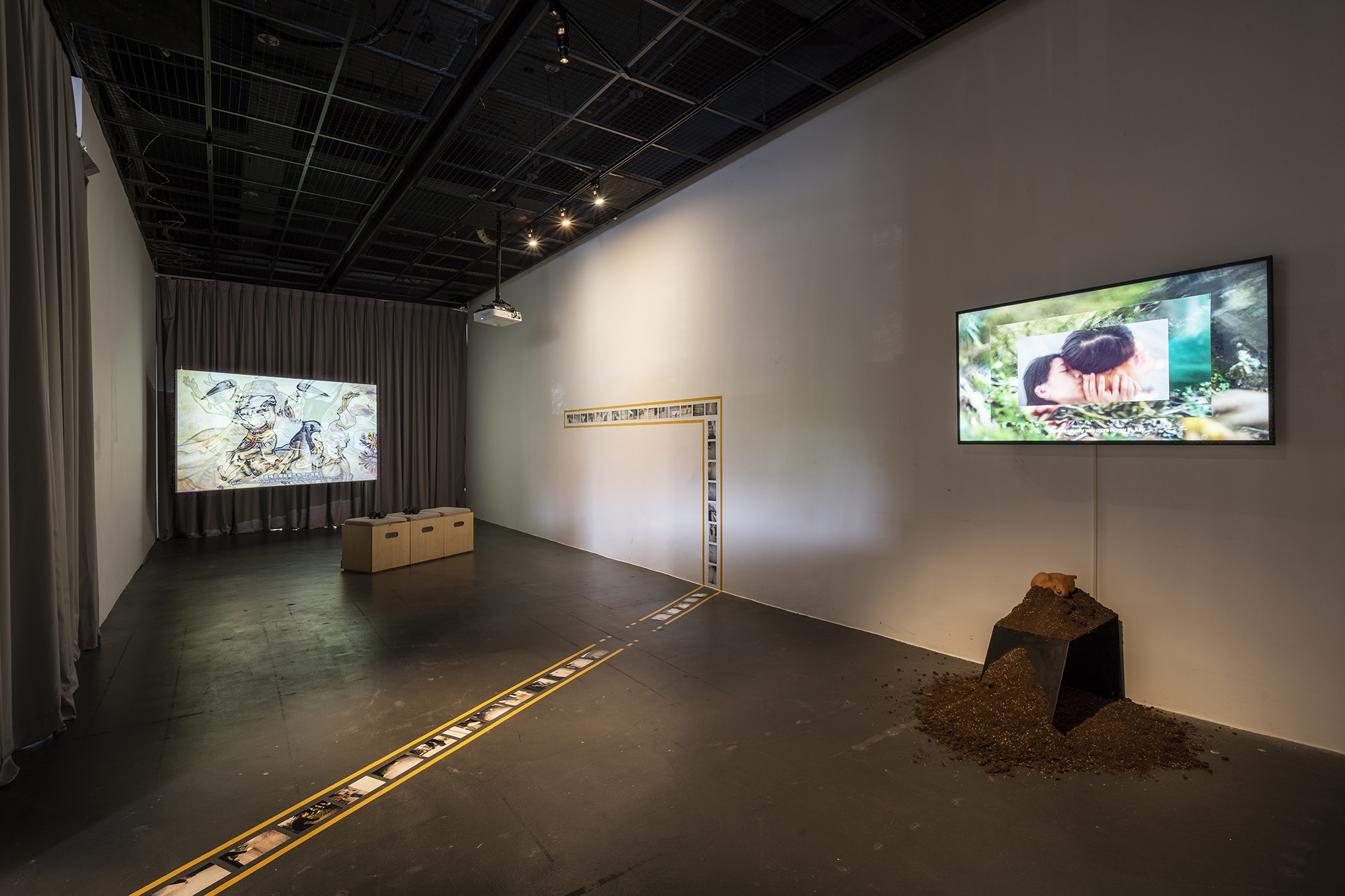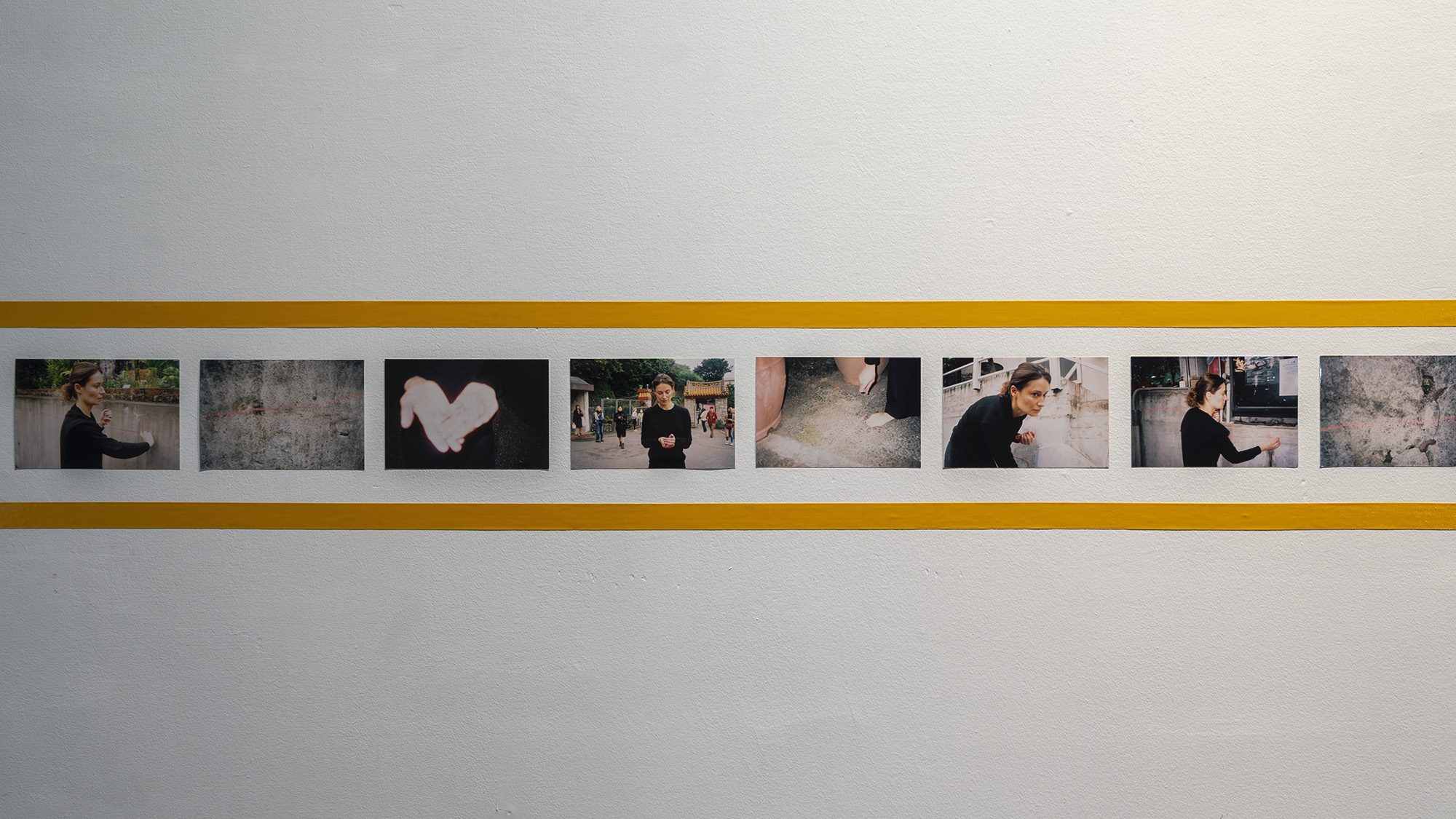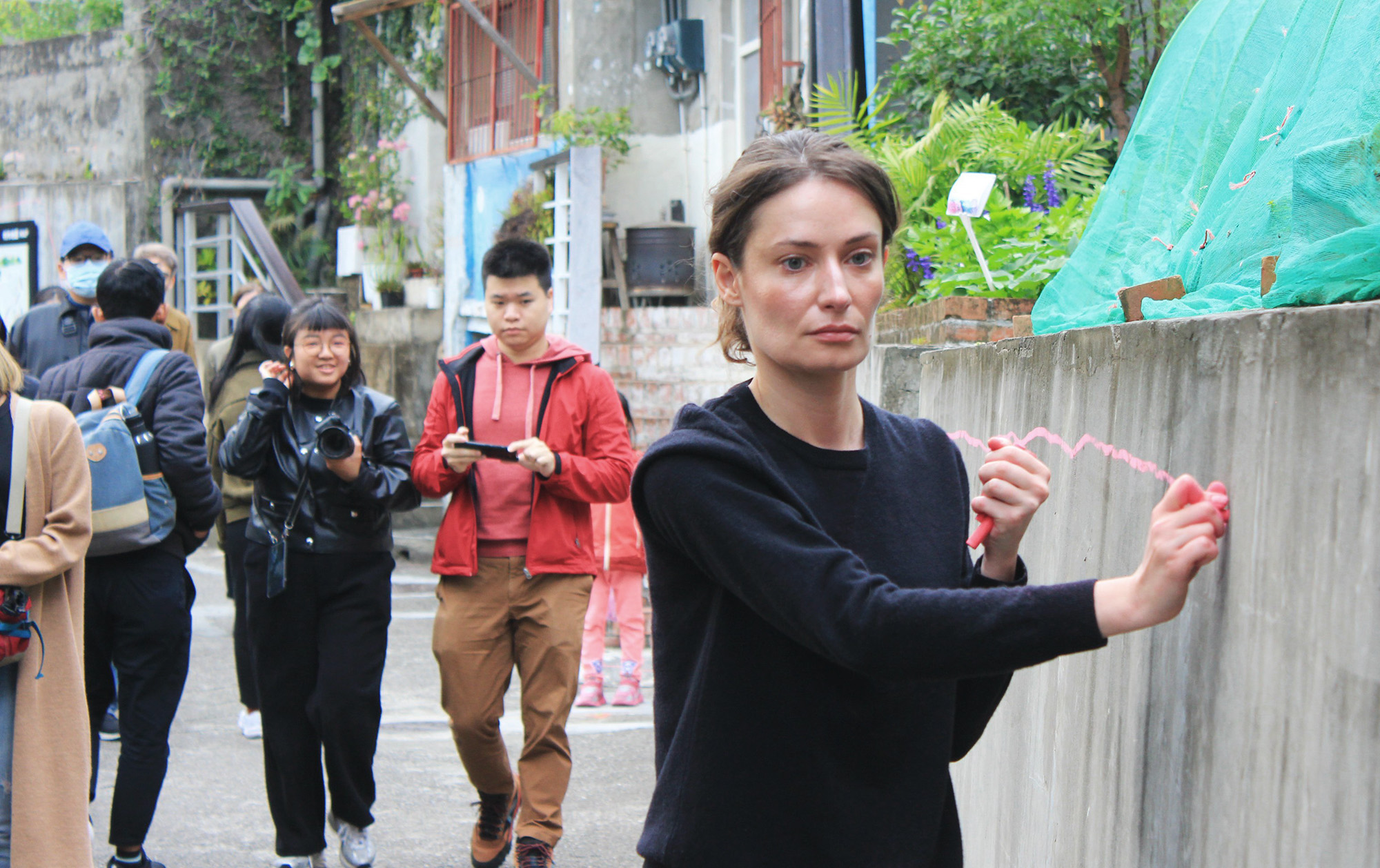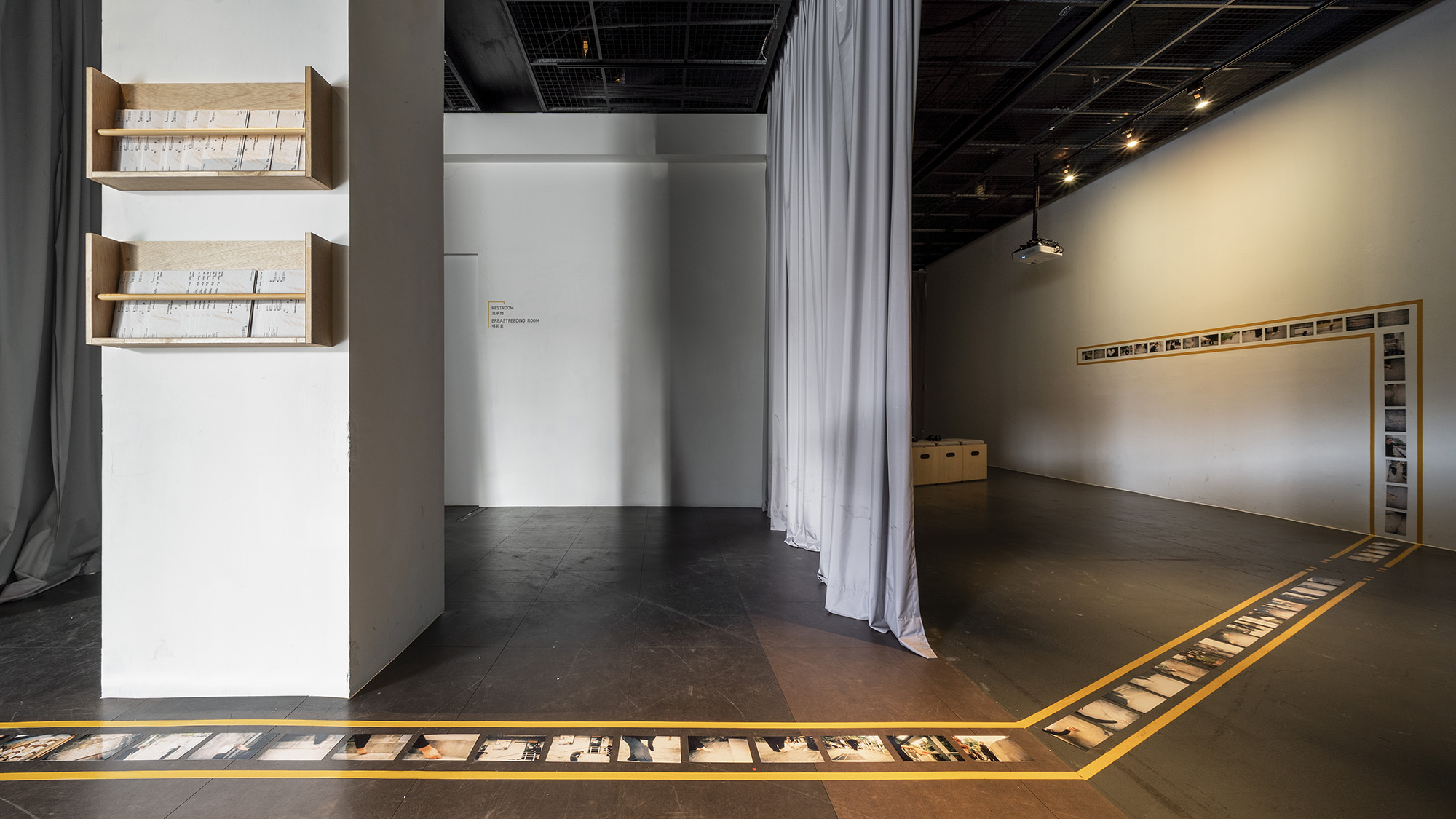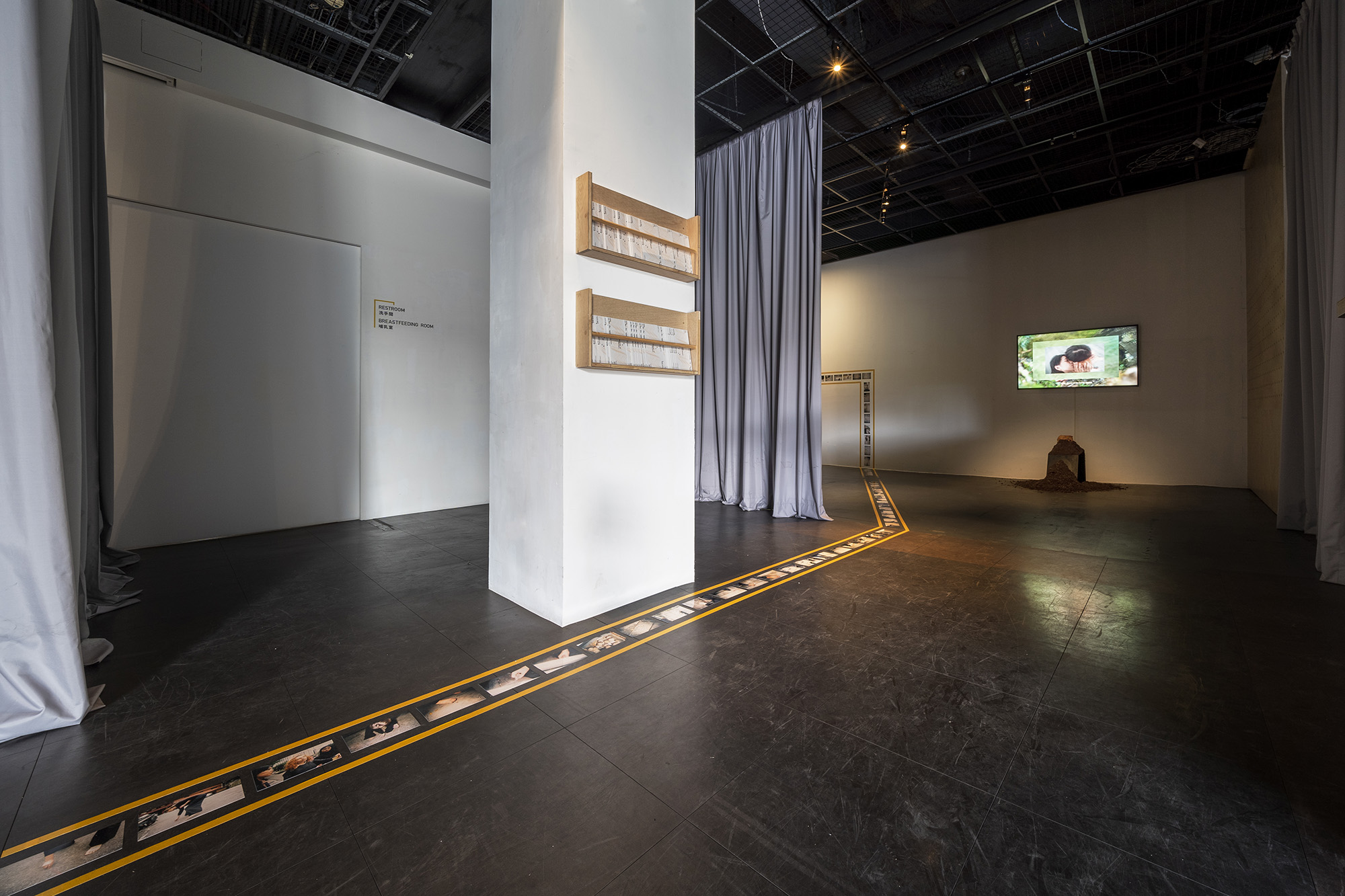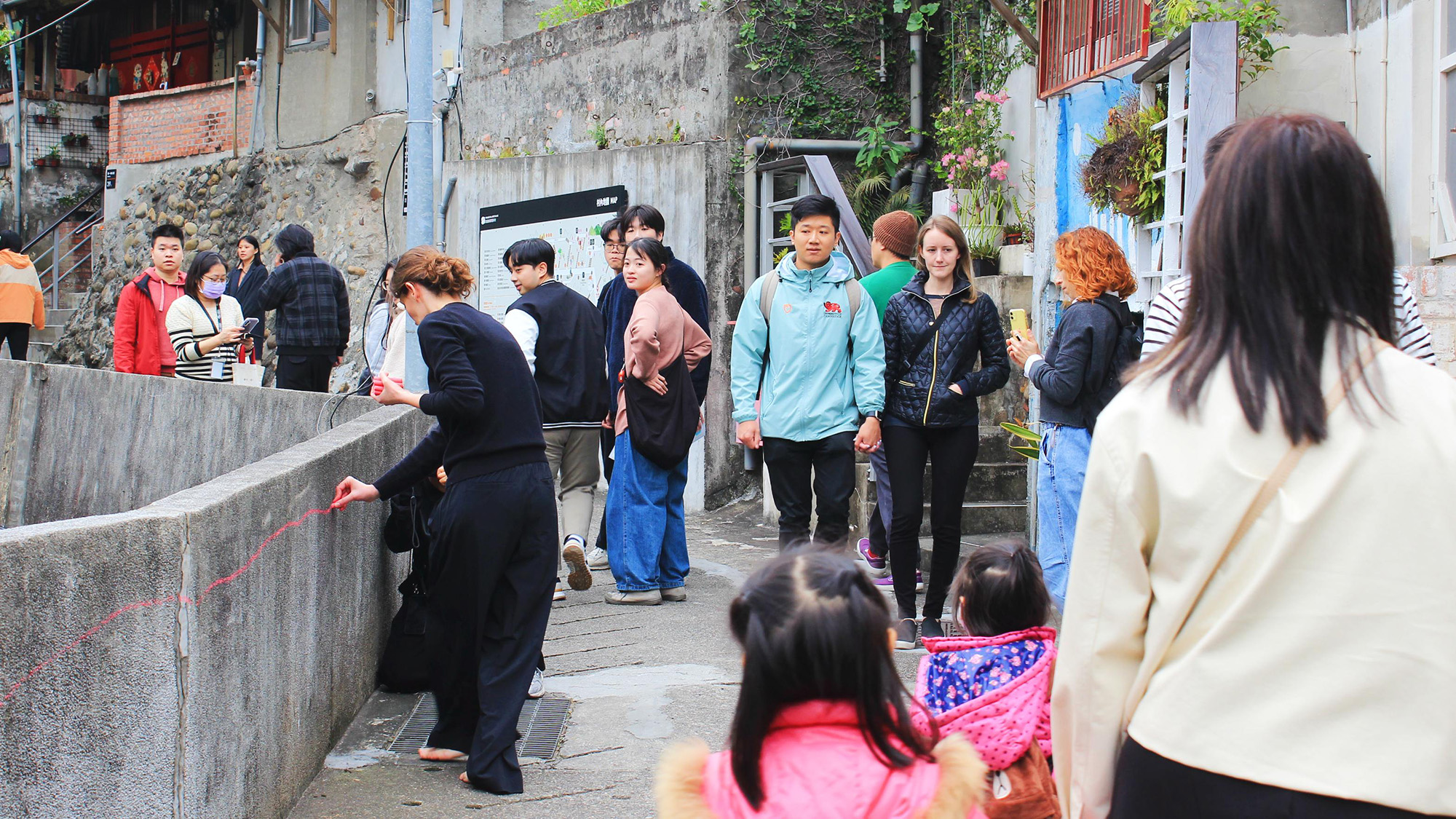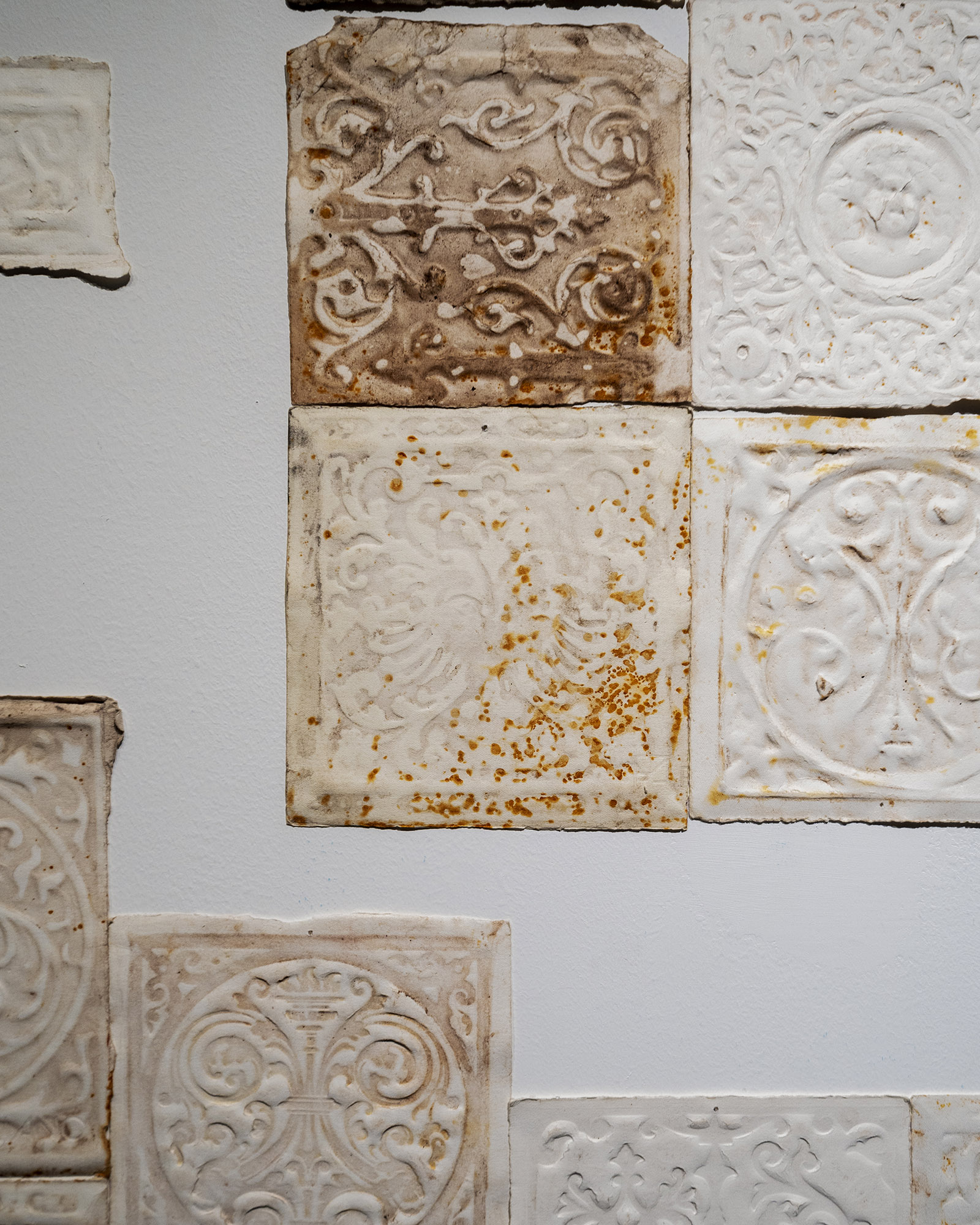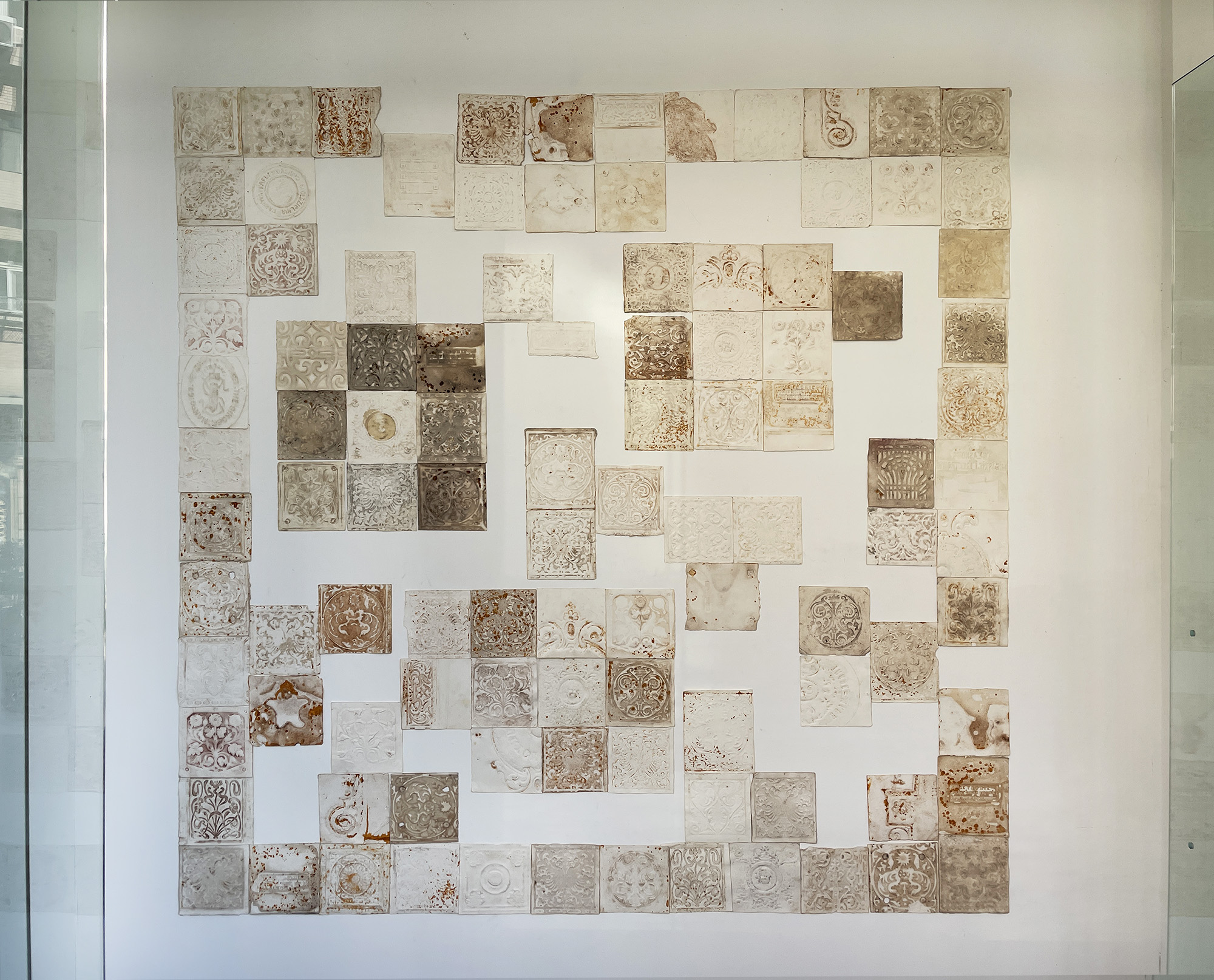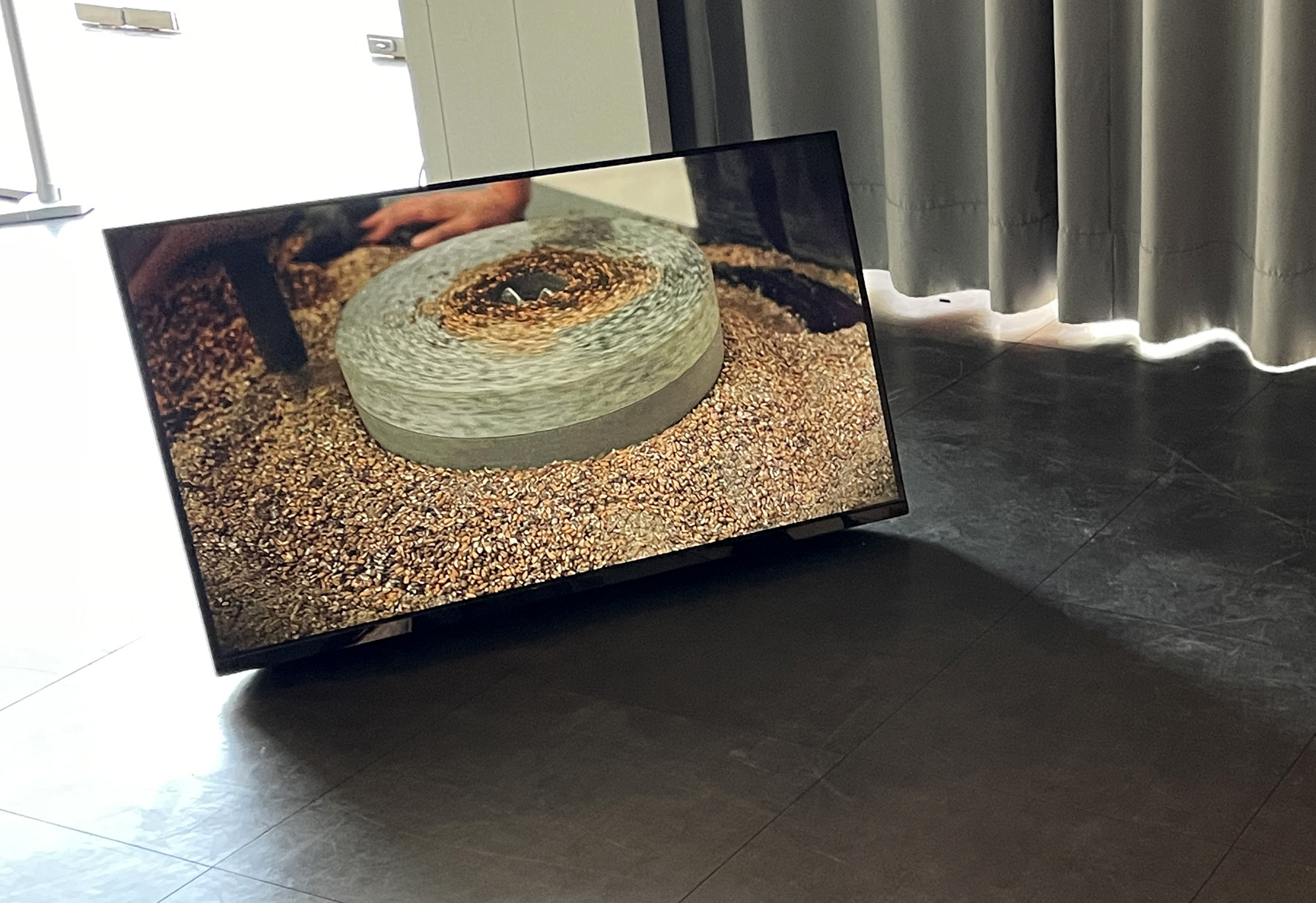“Landscapes of Memory”
Ukraine-Taiwan art project
Gallery 101 in collaboration with Association of the Visual Arts in Taiwan
Curator: Marta Trotsiuk
Artists: CHEN Fei-Hao, Olha Kuzyura, Maria Proshkowska, Ciwas Tahos
In this art project, two Ukrainian artists, Maria Proshkowska and Olha Kuzyura, together with two Taiwanese artists, Ciwas Tahos and CHEN Fei-Hao, explore the complex interplay of memory and life’s transformational events. Looking for the answers on how our memory shapes our worldview and influences our decisions and reactions to significant events.
“Landscapes of Memory” is a sequel to “Frontier of the Memories”, a project created by Ukrainian artists and a curator in Taiwan in 2022. This exhibition is designed as a combination of the artistic research of 4 artists, united by one idea. The Ukrainian part of the exhibition was created during an art exchange in Taiwan.
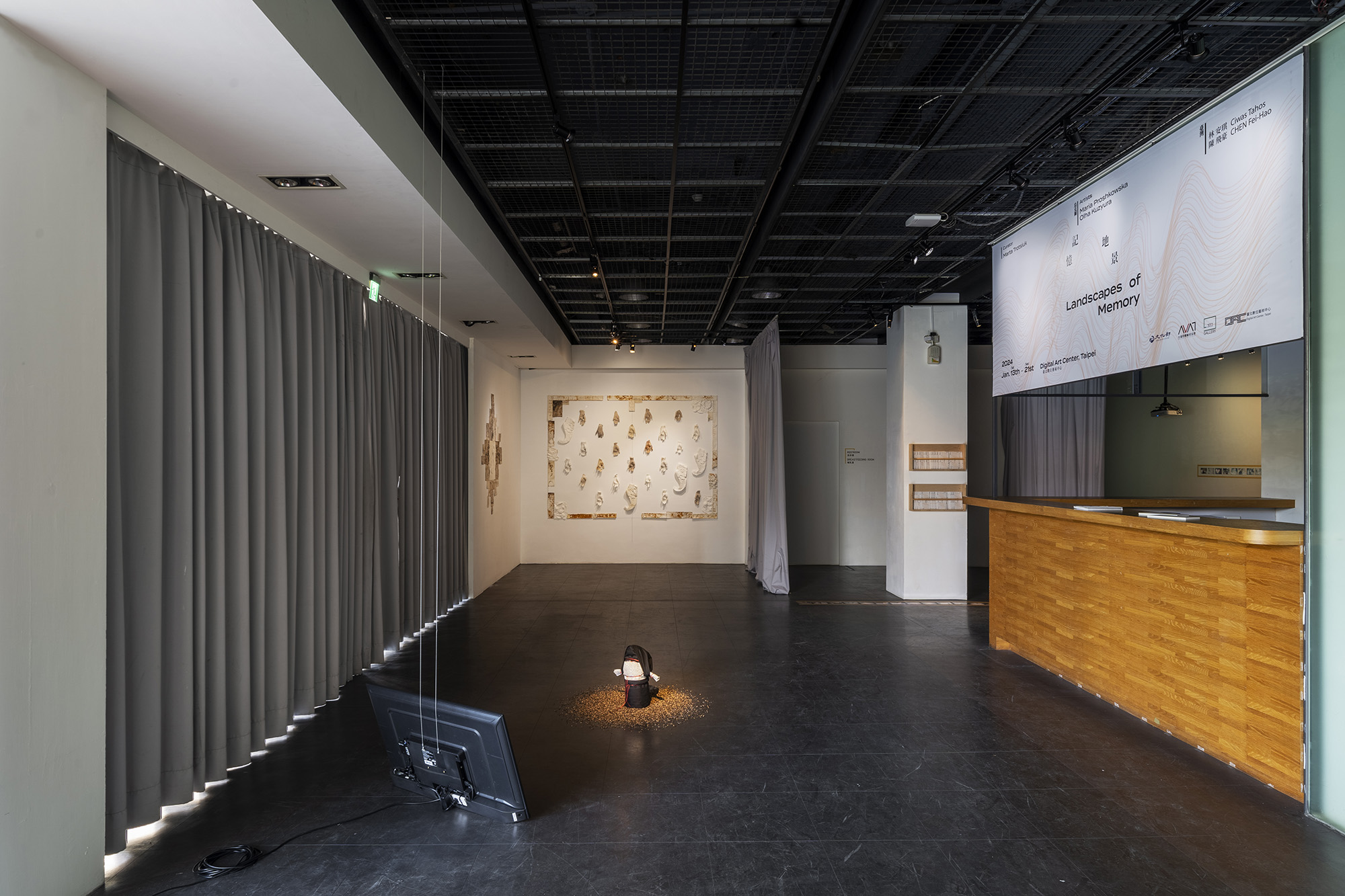
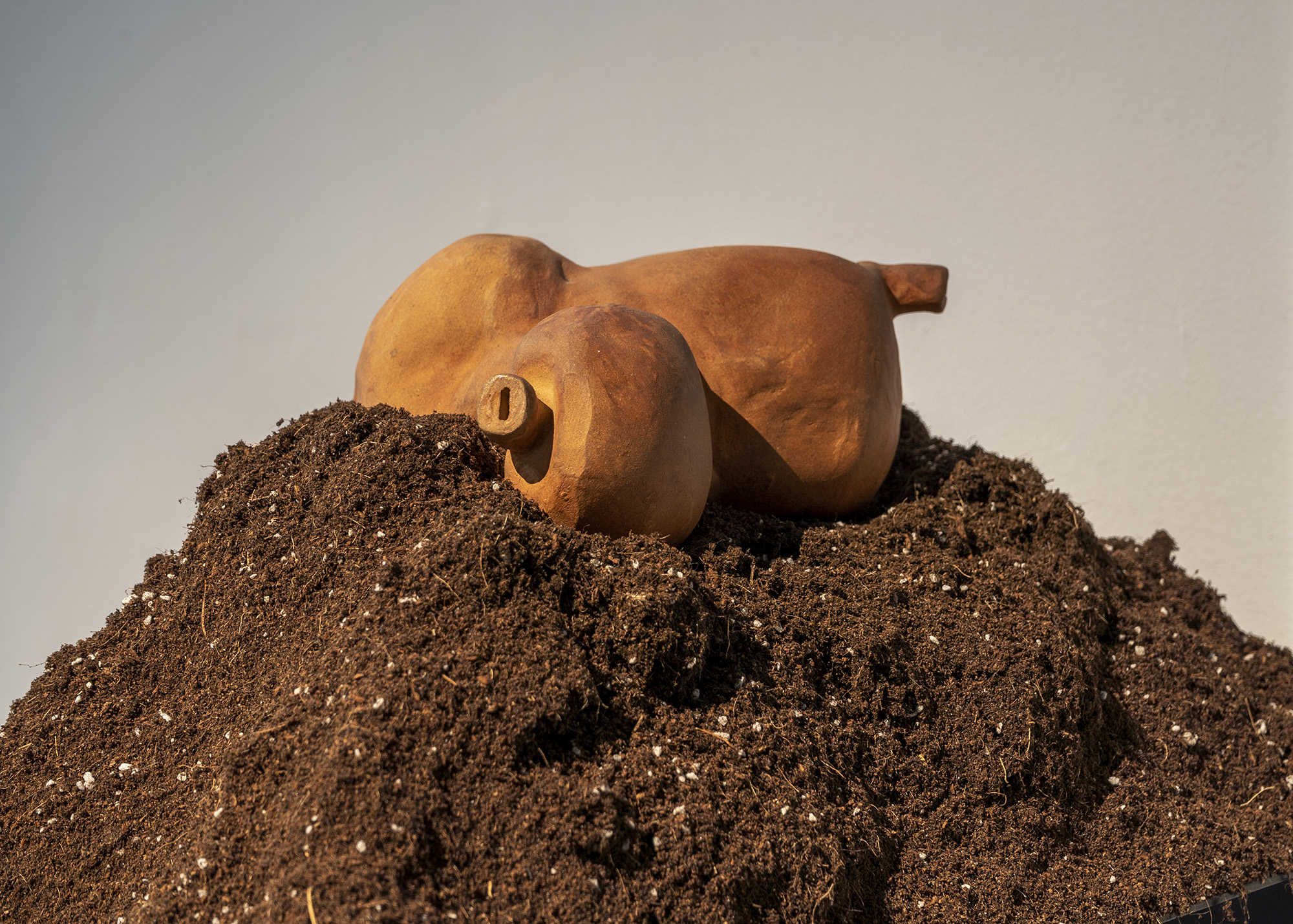
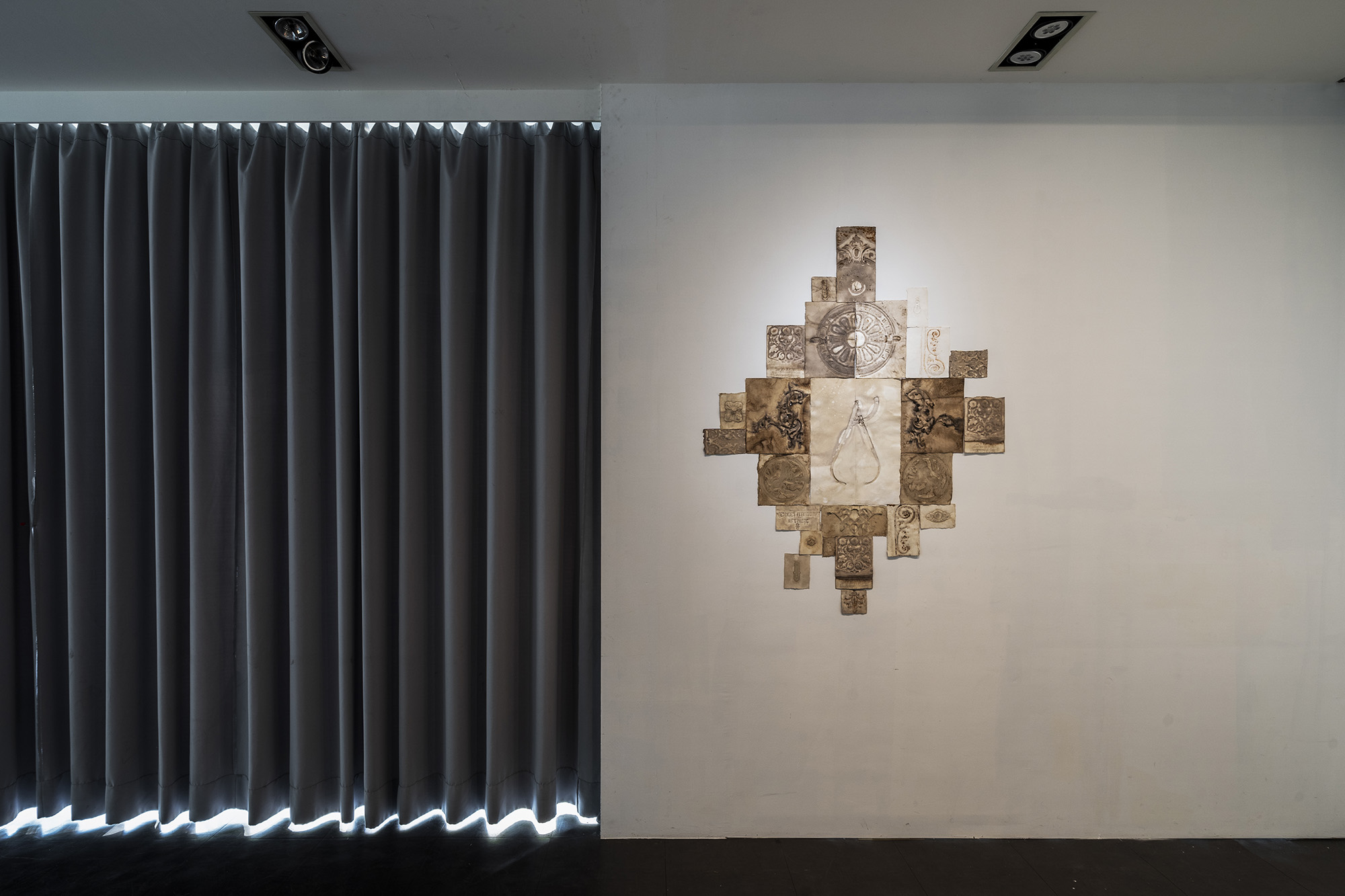
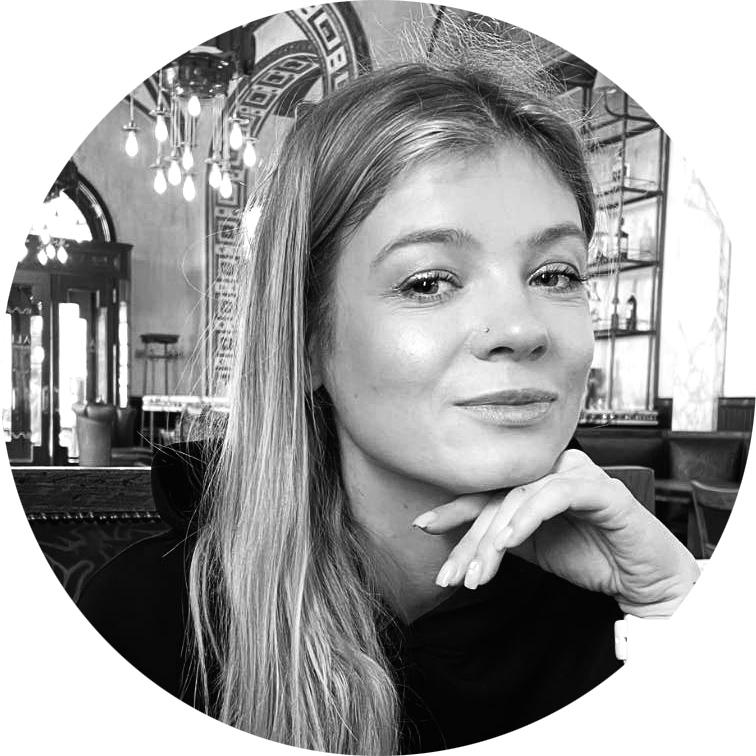
From curator
Looking at our memory can be similar to looking at the vast horizon. Some distant parts of it we see blurred and foggy, then we focus our gaze closer, and it’s clear and bright. Yet, all of that is our current picture of now, which consists of different parts, and some of them are visible only because of the imagination.
This project delves into the complexity of memory, peeling back its layers to gain deeper insights of it. Here we explore memory through lenses of childhood experiences, citizenship, community, family, and the impact of our nervous system’s properties.
As we grow older, memories instill a sense of belonging, transcending individual boundaries to become collective in nature. Reflecting on the profound influence of collective memory and how traumatic experiences, such as war, emigration, and colonial heritage, shape not only us but also future generations.
Marta Trotsiuk, “Gallery 101” founder.
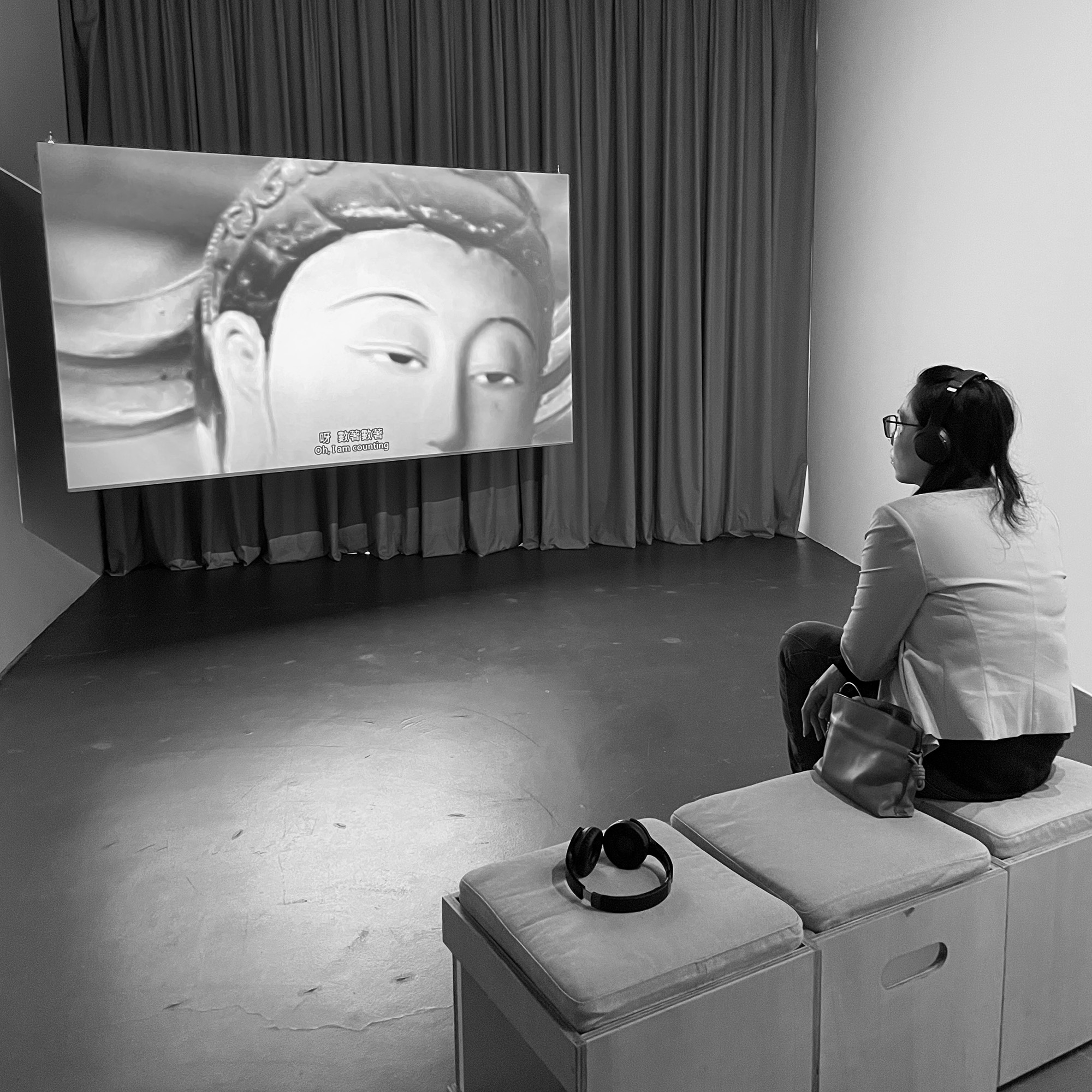
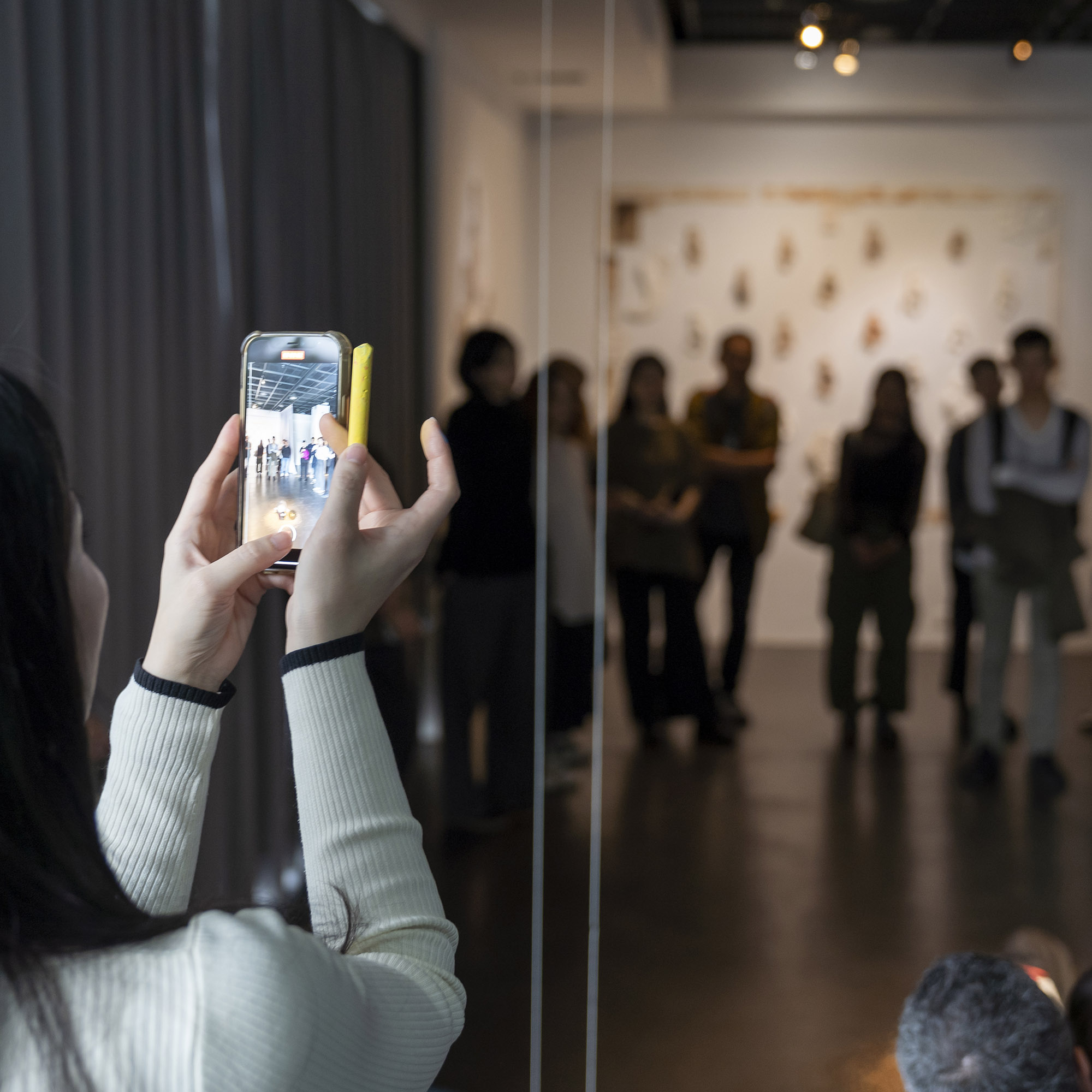
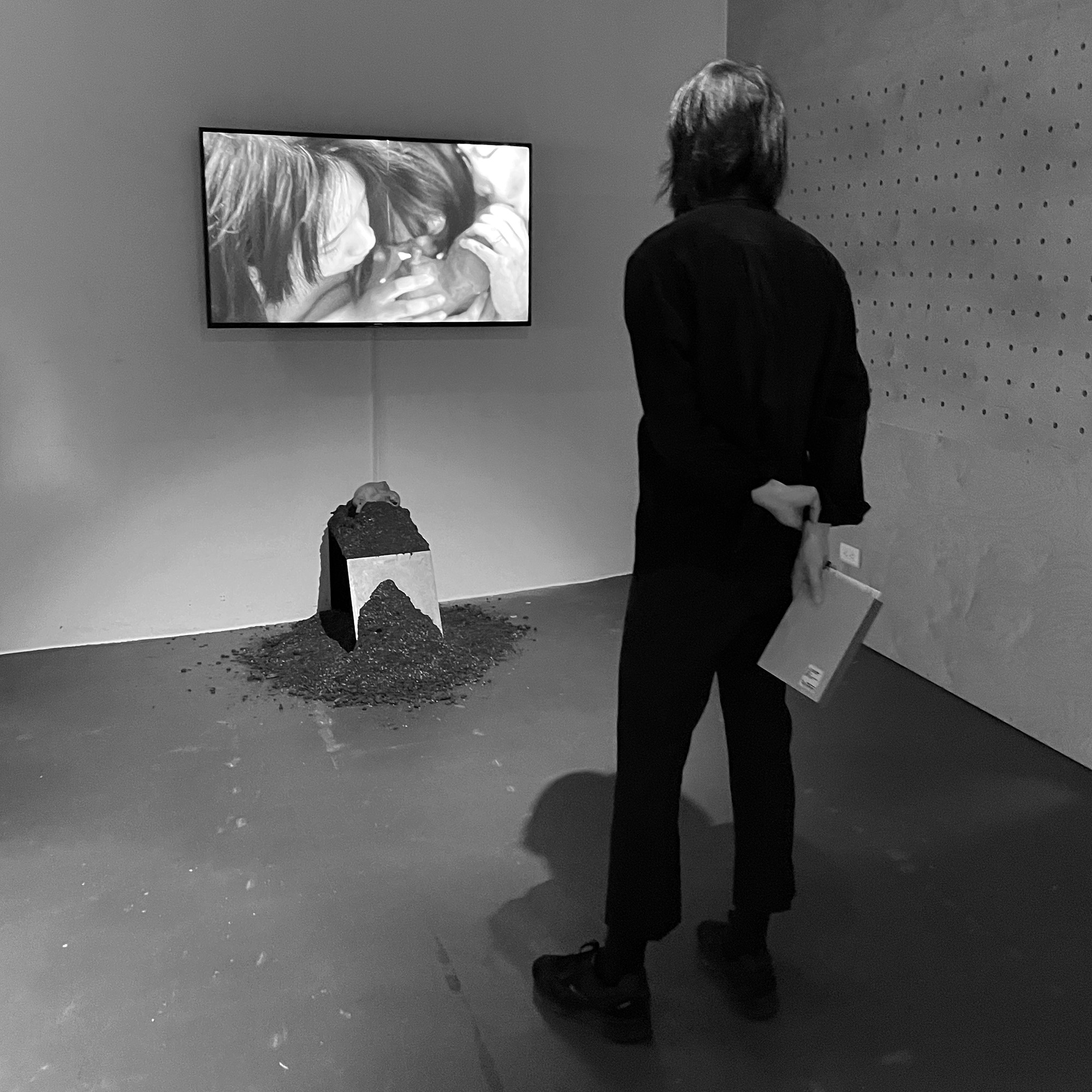
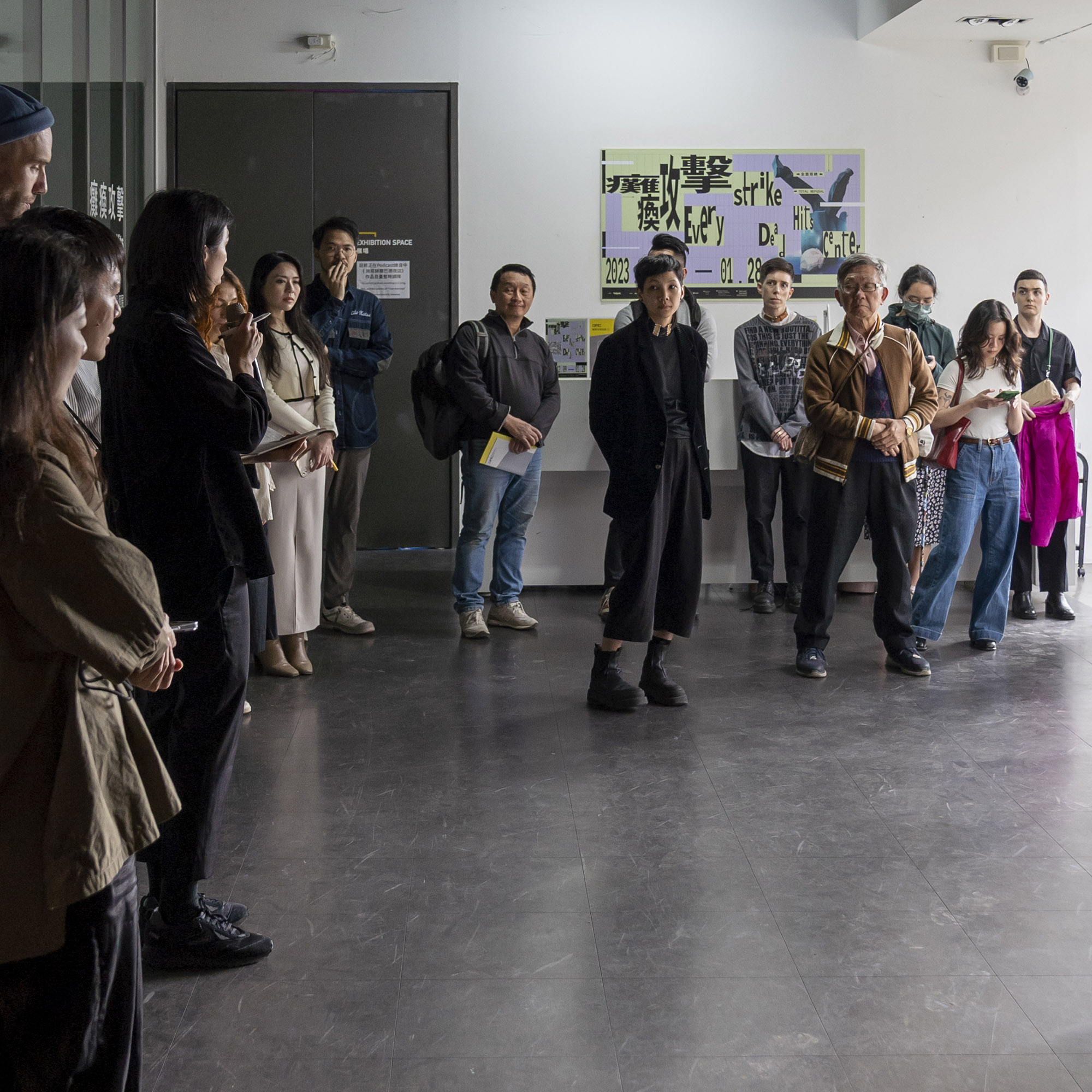
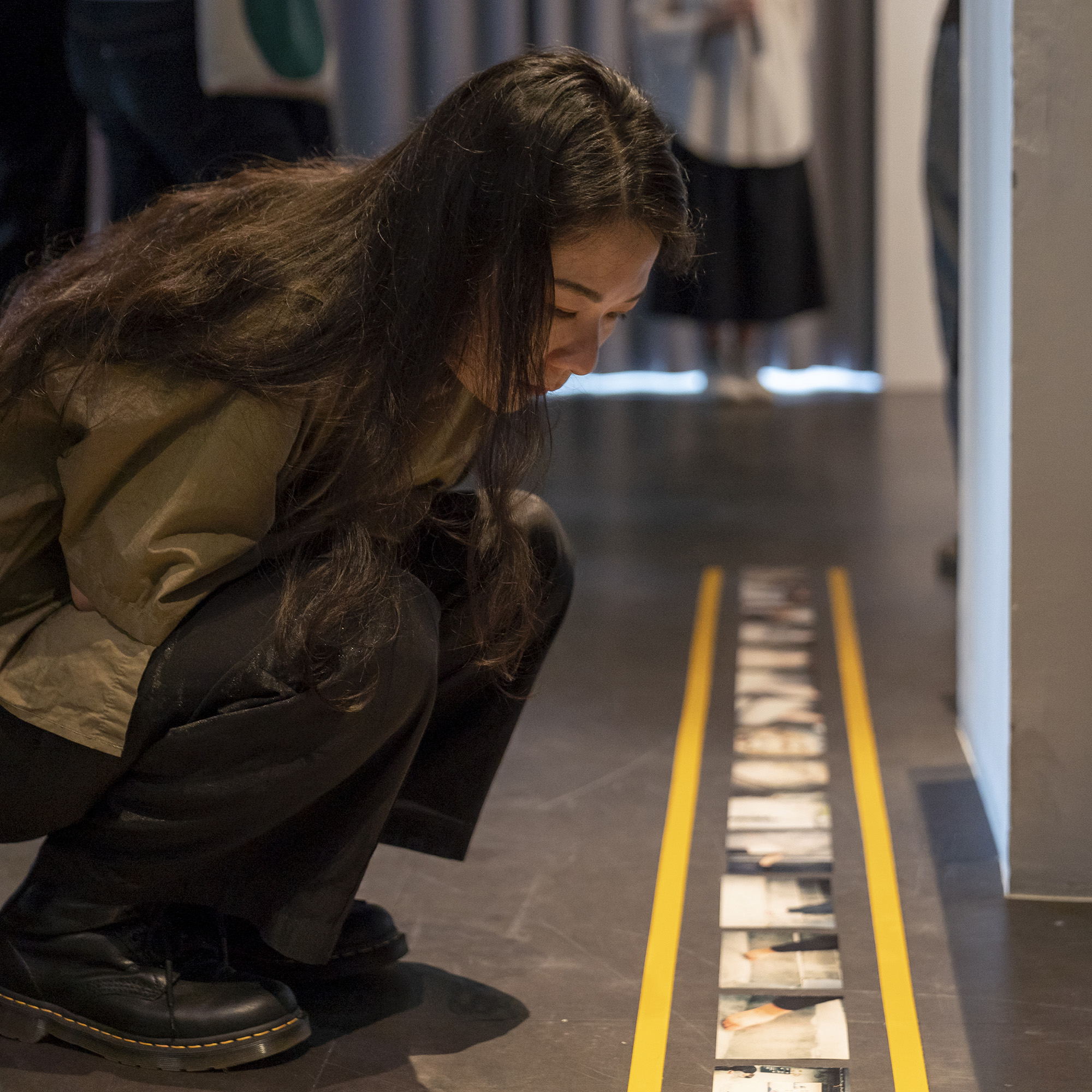
Artists
7 independent art researches
by 4 artists from 2 countries
united by one idea
"Pswagi Temahahoi".Ciwas Tahos
Ceramic ocarina: handmade from Nantou/Miaoli region, yellow clay (1 of 12), size and weight variable, Taiwan soil, 2022
Pswagi Temahahoi is part of the ongoing body of work Finding Pathways to Temahahoi. Exploring the further possibility of the space of Temahahoi by combining documentary video work alongside visual and sound performance to weave together a hybrid video installation piece.
Temahahoi tells of a place where only women and gender non-conforming people live. The community can communicate with bees and become impregnated by wind. The work depicts Ciwas’s journey into Atayal land, attempting to trace and record the path of the bees in the gap of light between the mountains’ shadows alongside the creation of their ceramic ocarina, to find the forgotten memory of Temahahoi.
This instrument allows the queer indigenous community to connect through shared intimate moments of sound creation and the sharing of air to belong beyond the physical and find that queer landscape of Temahahoi.
“Under a single skin”. Olha Kuzyura
The project’s idea revolves around reconnecting with the body as a vessel of our experiences. By acknowledging memories and reality in terms of how they resonate on a physical level and finding them a new embodiment in the appropriate material, we undergo changes in our memory and self-perception.
In Ukraine, and later in Taiwan, I created a series of objects that form an installation. I work with the technique of blind printing on paper, allowing for dimensional imprints of various objects, preserving transient states on its surface. Paper absorbs contamination from the object, such as soot and rust. These layers are heavily associated with the layers of experience we feel basically on our skin right now: the anxiety and a sense of danger.
Paper has always been a carrier of memory and values. We trust it and the information it bears. Paper, literally a document on which we record the most important events like birth and death, is paradoxically physically impermanent.
But this fragility has taught us to love and care even more for everyone and everything around us. Among the surfaces from which imprints are taken are details of buildings that were already restored during the war. In times of such extensive destruction, restorers recreate material heritage for us, preserving so essential symbols to the future.
This art work becomes a painful commentary on the reality we face in Ukraine, but also a testament to the formation of a new way of collective memory. Being able to name one’s experience allows society to realize itself as under a single skin.
To create objects depicting human hands, I used paper that previously bore the imprints of surfaces from buildings at Treasure Hill Artist Village in Taipei and buildings from my home, Ukraine. This is a bridge, the gesture which reflects our desire to safeguard what is precious.
"Motanka". Maria Proshkowska
Rethinking an important element of Ukrainian tradition — the Motanka doll — the artist creates an object made of textiles and grain which traditionally symbolizes prosperity and is a strong sacred object for Ukrainians. By hypertrophying the size of the doll, the artist draws attention to how desperately the modern world needs hope in the face of uncertainty and crisis. The layering of traditional Ukrainian fabric and Taiwanese fabric is an attempt to dive into the study of both cultures and look boldly into the most tragic chapters of their histories.
By dressing the doll, layer by layer, the artist seems to be rewinding the wound, trying to reduce the unspoken pain of destruction and war — the doll’s body is filled with Ukrainian wheat grain that was burnt as a result of a direct hit by a russian missile. The doll’s silent face with no eyes does not answer the complex questions we are posed in front of uncertainty. It stands as a testament to resilience, impervious to manipulation and propaganda. Within itself, the doll conceals the memory of generations grappling with destruction, colonization, and the relentless suppression of the quest for freedom.
Will we be able to keep this memory and transform its most painful moments into the strength to move forward? Are we brave enough to withstand whatever we may later learn from its deepest corners?
“Love Suicide at Snow Melting Train”. Chen Fei-Hao
Historical archive, Dimension Variable.
Love Suicide at Snow Melting Train is inspired by an incident that happened during the early days of the Japanese Colonial Rule. Japanese prostitute Naruto and lover Umehara Suetaro eloped, hanged themselves in Dadaocheng, and were buried together in a Hiyokuzuka (“lover’s grave”) in the then San Ban Qiao Graveyard (currently Park No. 14 and 15).
The Hiyokuzuka is a unique Japanese custom which involves the burial of lovers who could not be together during their lifetime, granting their unfulfilled wishes after death. The Hiyokuzuka in San Ban Qiao is a unique case of cultural transfer of immigrants who traveled to Taiwan with the Japanese government, mixing foreign and local culture, at the same time reflecting the special historical scenario and social structure of Taiwan.
Love Suicide at Snow Melting Car takes a section of traditional Japanese song “The Love Suicides at Sonezaki: Journey Scene” and retells the love story that happened in Taiwan, ultimately comparing San Ban Qiao with its postwar transformation into Chinese community Vil. Kang Le to show the diversity and richness of Taiwan culture.
“Thin (in)visible line” Maria Proshkowska
Art installation, 68 printed film photos, yellow tape 22 mm wide. Photos of a performative action that took place at the Treasure Hill Artist Village, Taipei, January 7th, 2024.
Photographer CHIA-YU,CHOU (周佳諭)
“Working with a local art spot and its temporary area of residence, the artist creates a performative action with chalk. By drawing an almost imaginary, very vulnerable and disappearing line around the Treasure Hill Artist Village, the artist is practically making a political statement that this territory belongs to art, is free and in this poetic way is protected from any attempts to capture and enslave it.
By creating this cultural boundary, the artist tries to create a reason to reflect on the importance of self-identification and inner freedom in the face of threats of tyranny. Can this thin, disappearing line protect this island within an island and its inhabitants? Is this all we can expect from the invasion of an insidious enemy whose task is to destroy?
Faced with the brutality of the war that came to her homeland, forced refuge and the endless pain of realizing the consequences of destruction, the artist transforms traditional Ukrainian beliefs about women being the keepers of the home and adds a feminist context to these ideas through activism and action.
In her practice, the artist often works with the theme of the invisibility of (her) work and in this artistic message she exploits and explores this issue again and comes to a new form of artistic expression through working with chalk.
In an attempt to find in today a connection between the future and the past, the artist draws a line that will leave only a memory”.
“Lost Presence” Olha Kuzyura
Art installation, 200×200 cm, each module : 17×17 cm, blind prints, paper, 2016-2023
Material objects evidencing the aesthetic and mental whimsicality of an era define a person and a reality that no longer exist. They allow us to explore the acute issue of collective memory. Against the background of such a variable geopolitical map of the world, there was a break in the continuity of our organic cultural evolution. The baggage of the intellectual, cultural, and material heritage that was supposed to underpin our self-identification was irreversibly distorted.
As a certain wholeness, this symbiotic space gives people confidence and their place in reality. The generation of personalities was eliminated from our past, and the elements of the value paradigm which today should have been our benchmark were systematically destroyed. Therefore, it is especially difficult for us to protect the things created before us, for us, but not by us, and we continue to lose material and metaphysical …
The installation consists of imprints of fragments of lost interiors, destroyed buildings and border posts of states that no longer exist… each paper object is not only a death mask, but also a document that captures a person’s presence in a space. Processes in the modern world reduce us to a multicultural common denominator, deforming and eroding the boundaries of cultural, and, ultimately, national identity. We don’t feel this today is our because we lost our yesterday.
“Labour” Maria Proshkowska
Single-channel 4K video, sound, 22 min 52 sec. Contains fragments of “Farina” performance documentation, which took place on September 17th, 2023 at MAMbo, Italy.
The video artwork contains fragments of the video documentation of the artist’s performance “Farina”, which took place in 2023 at MAMbo, Bologna. During the performance, the artist was making flour for 5 hours in a row from wheat grain which was burnt by a russian missile.
In this absurd and beautiful action, the artist demonstrated the value of every single grain and the price that the world pays for the aggressor’s ambitions. Here, this video is a meditative medium that invites reflection on the need for hard work to re-examine traumatic experiences.
The endless movement of the millstone is reminiscent of the cyclical nature of history and the mistakes that descendants always have to correct after previous generations. This grain was reborn from the ashes, so maybe we have a chance to do the same again?
